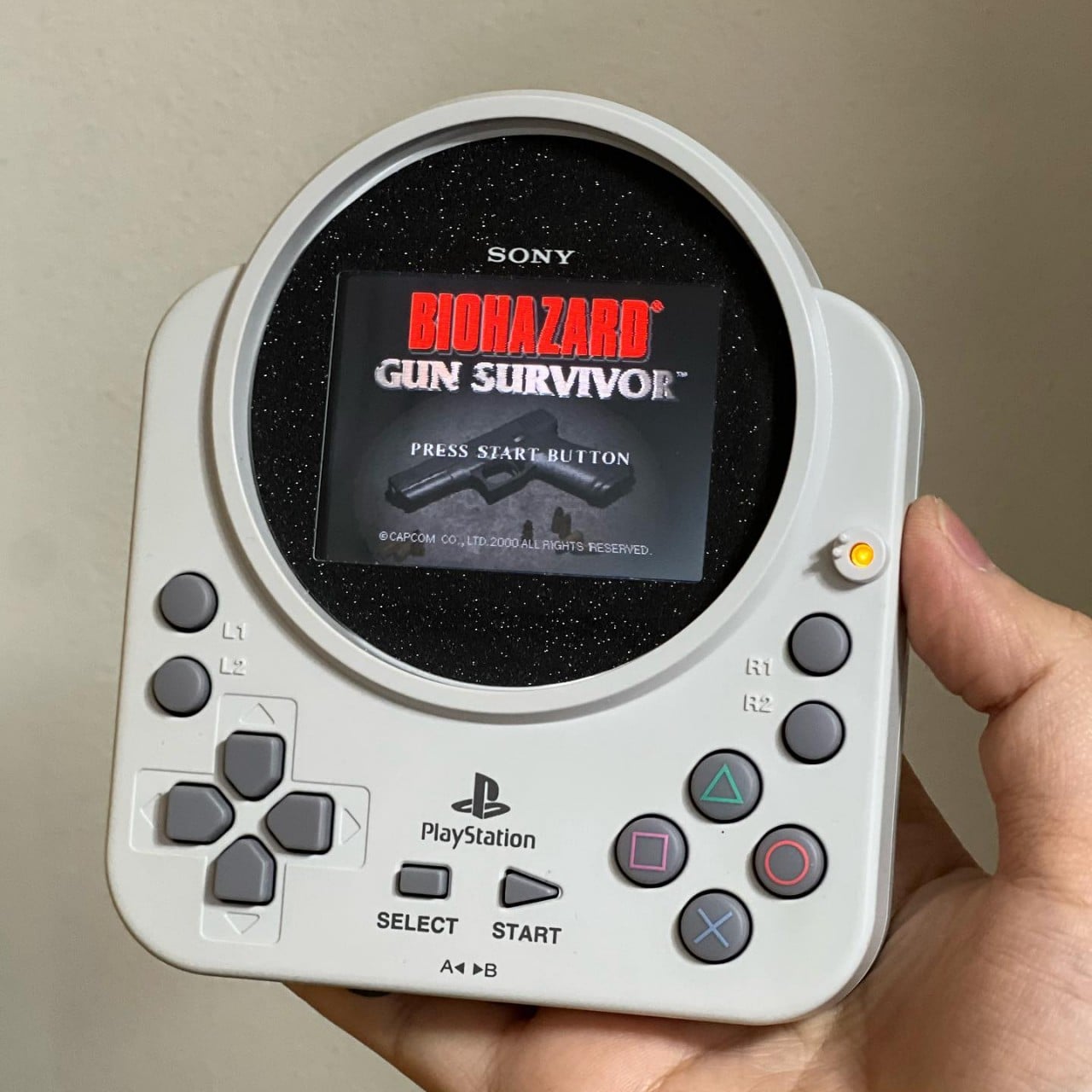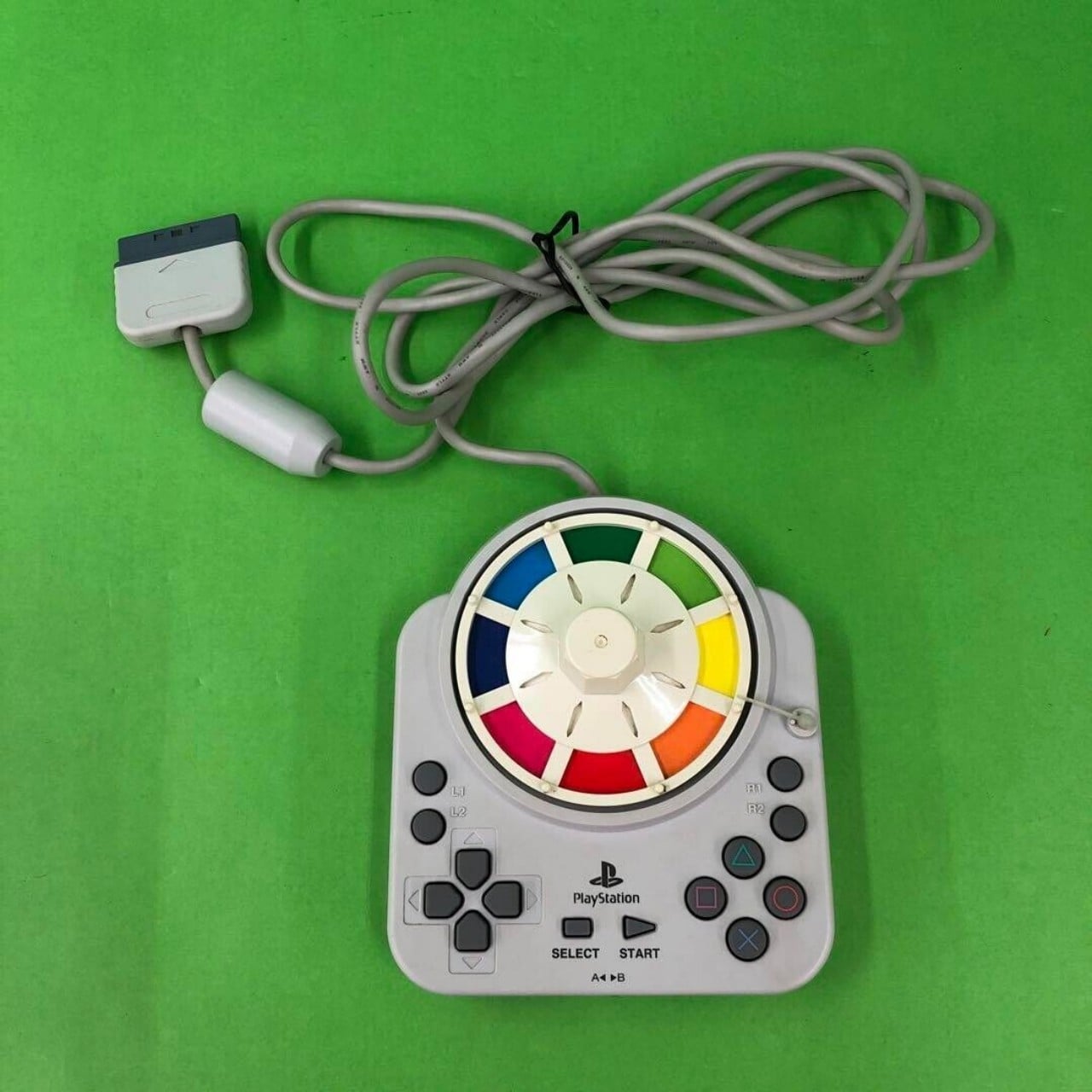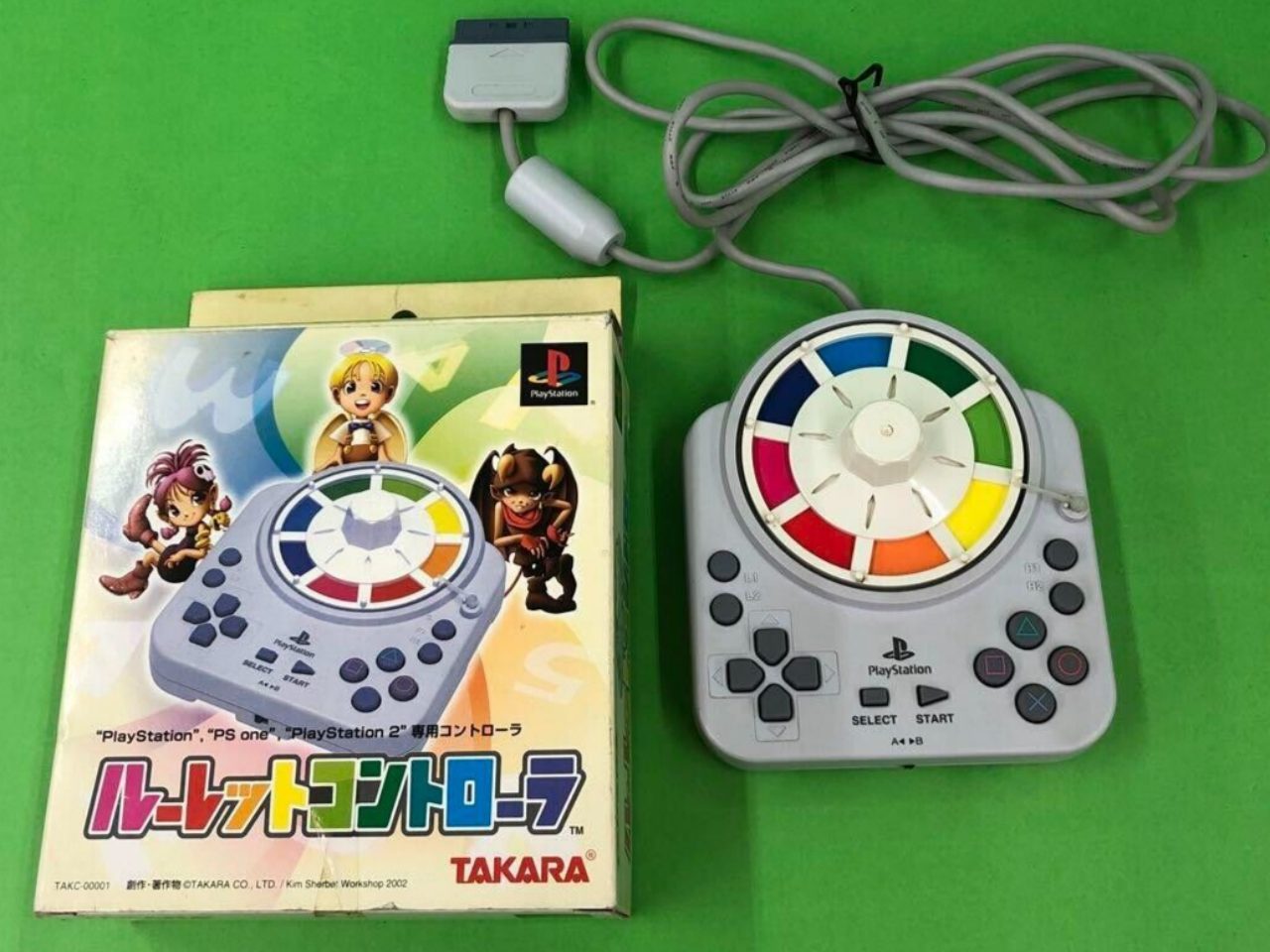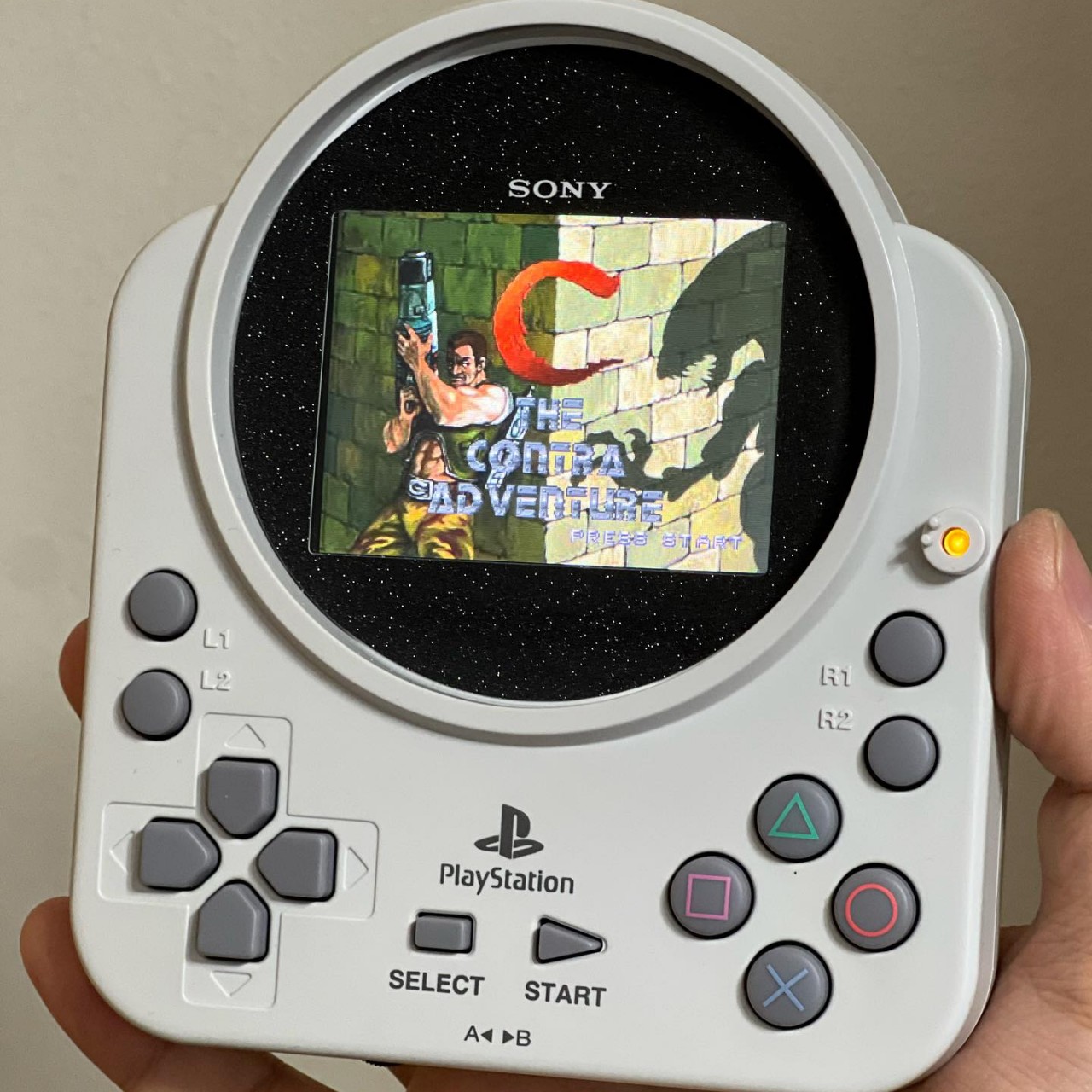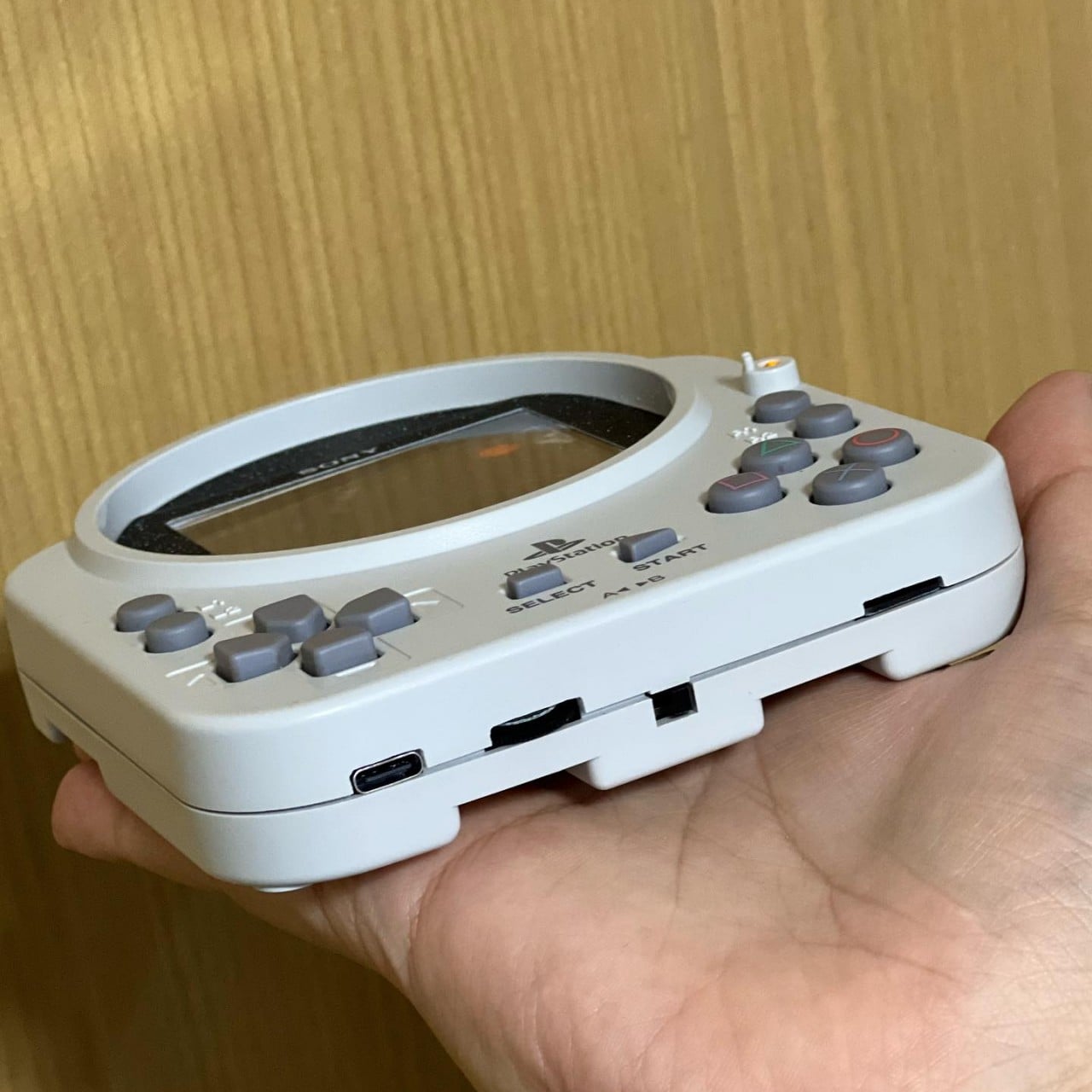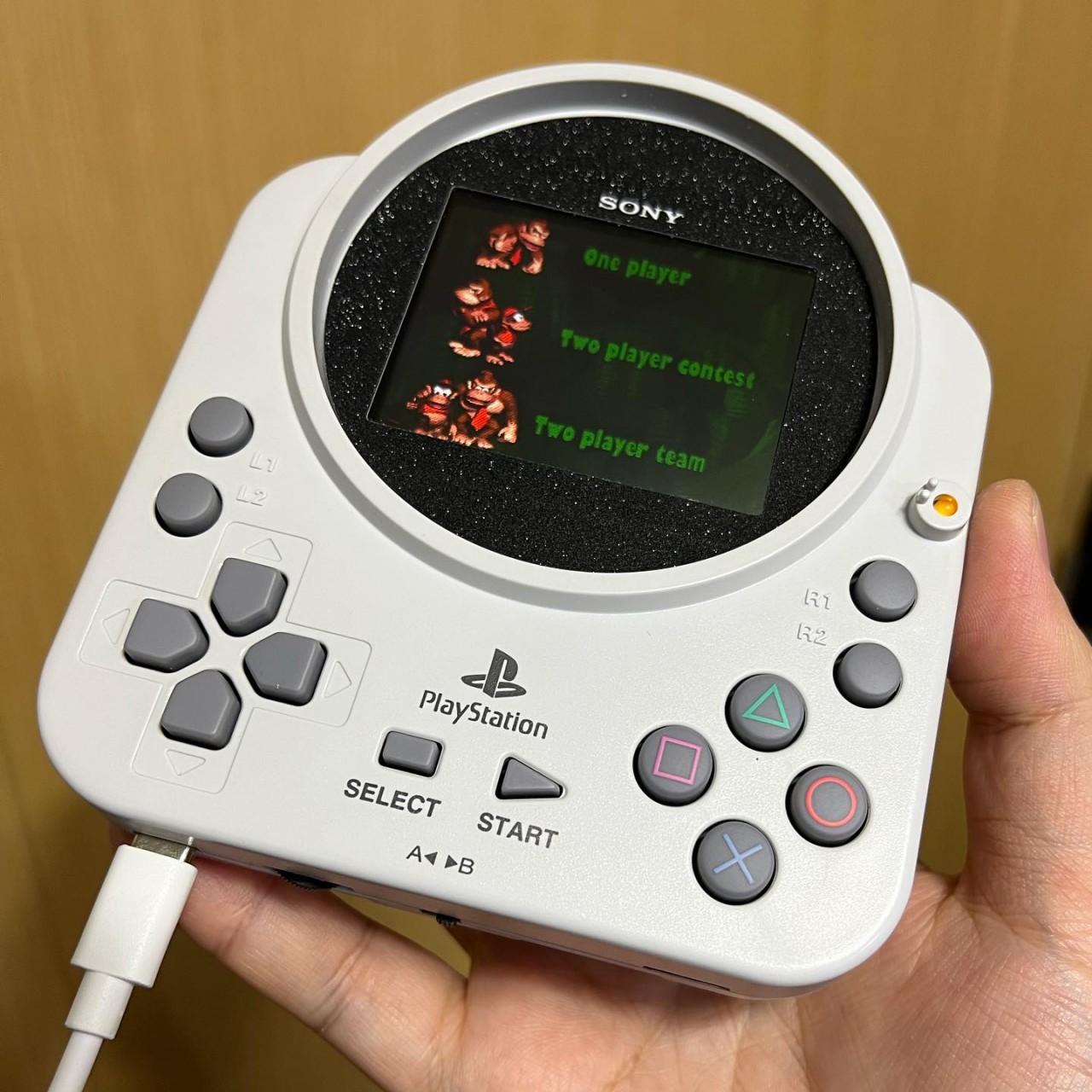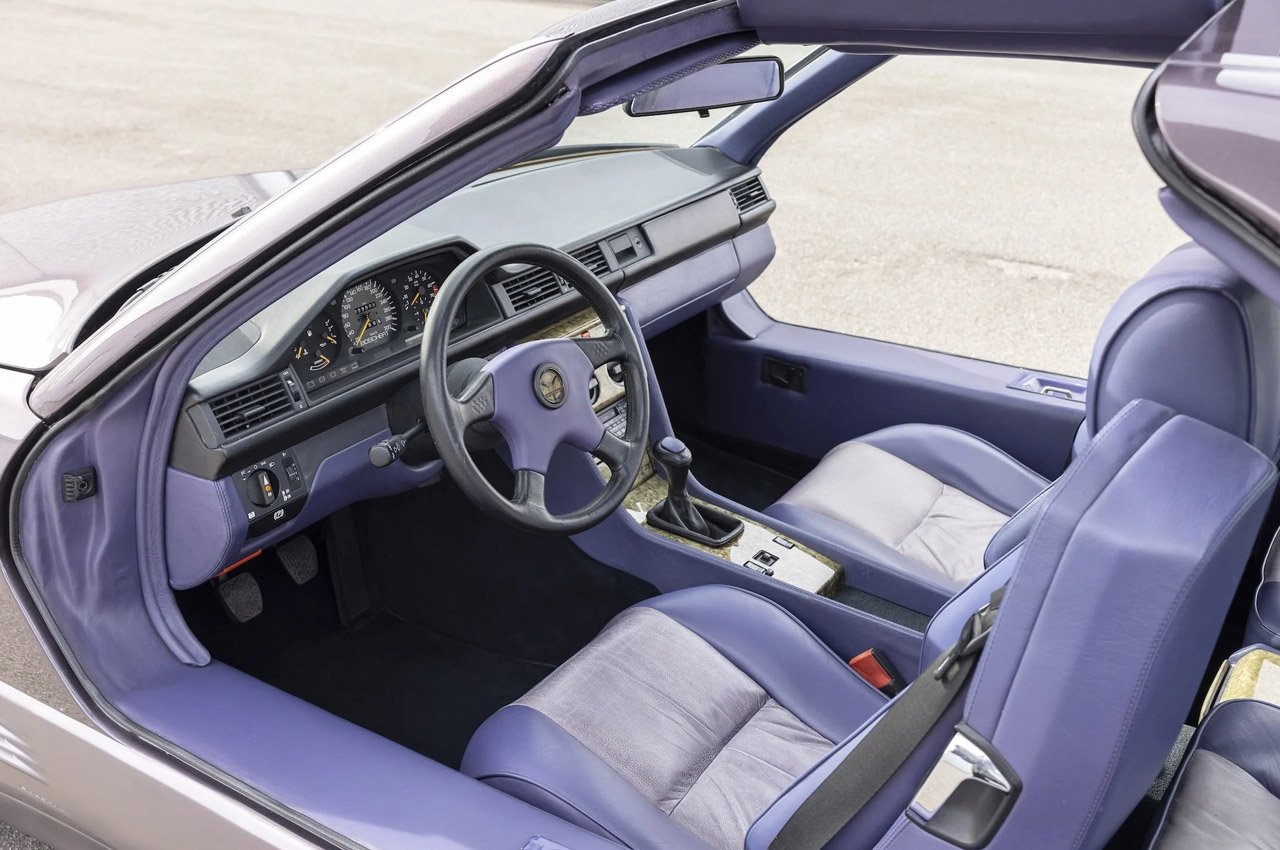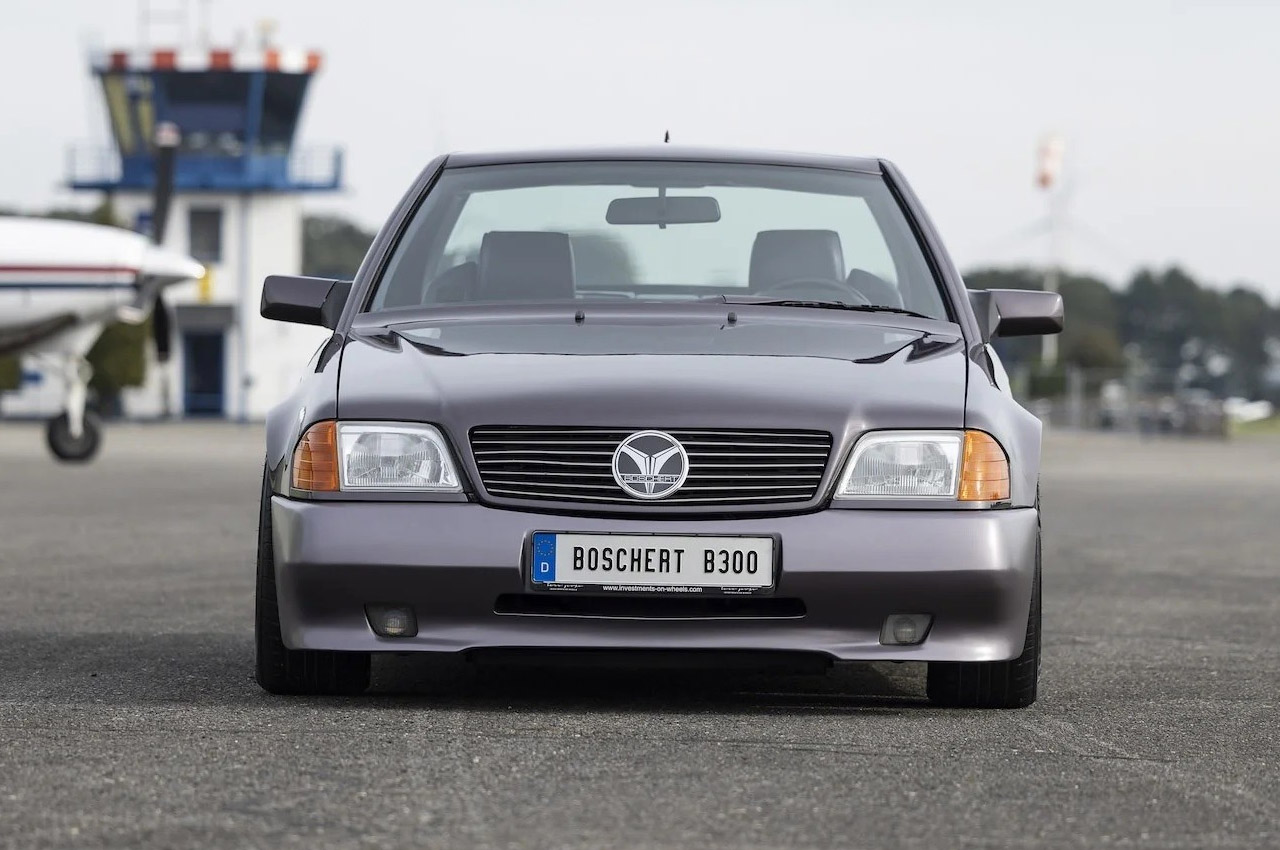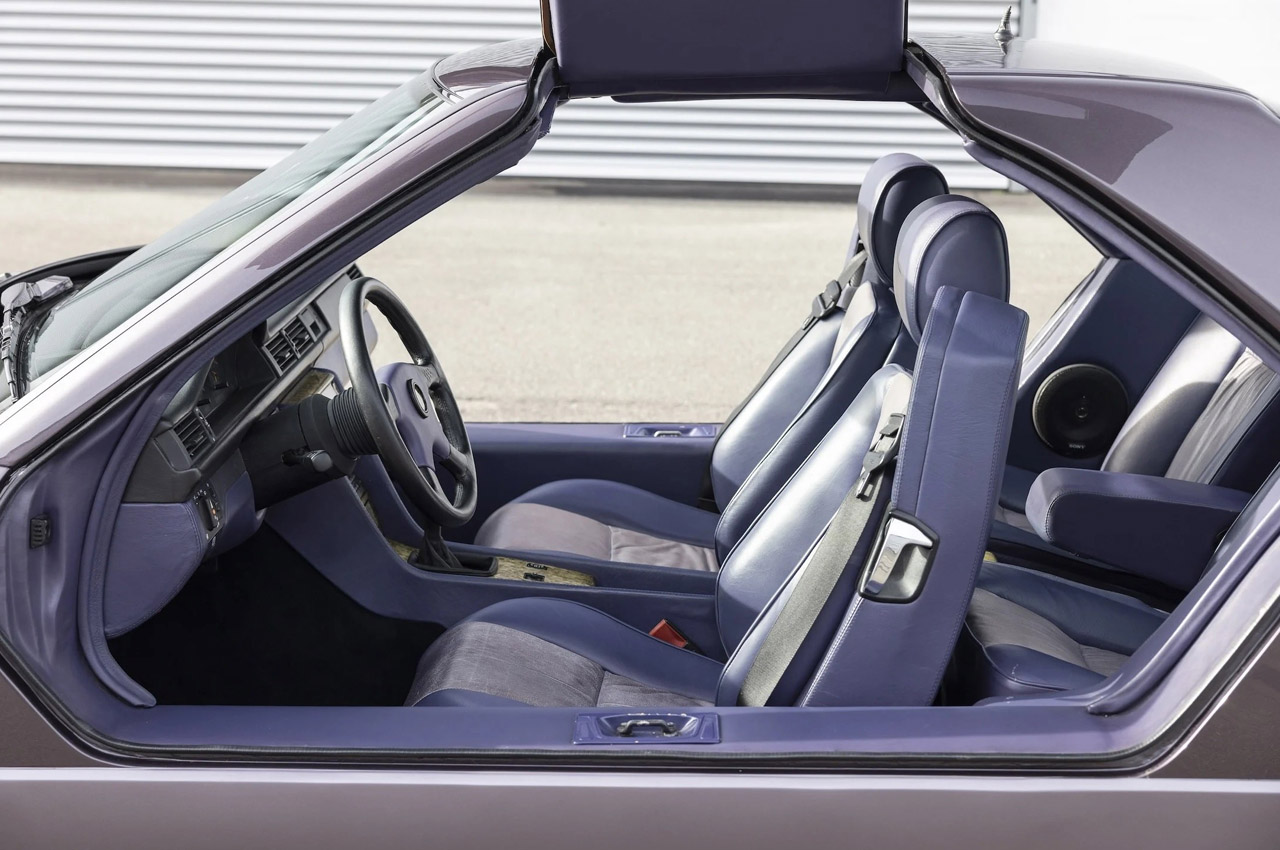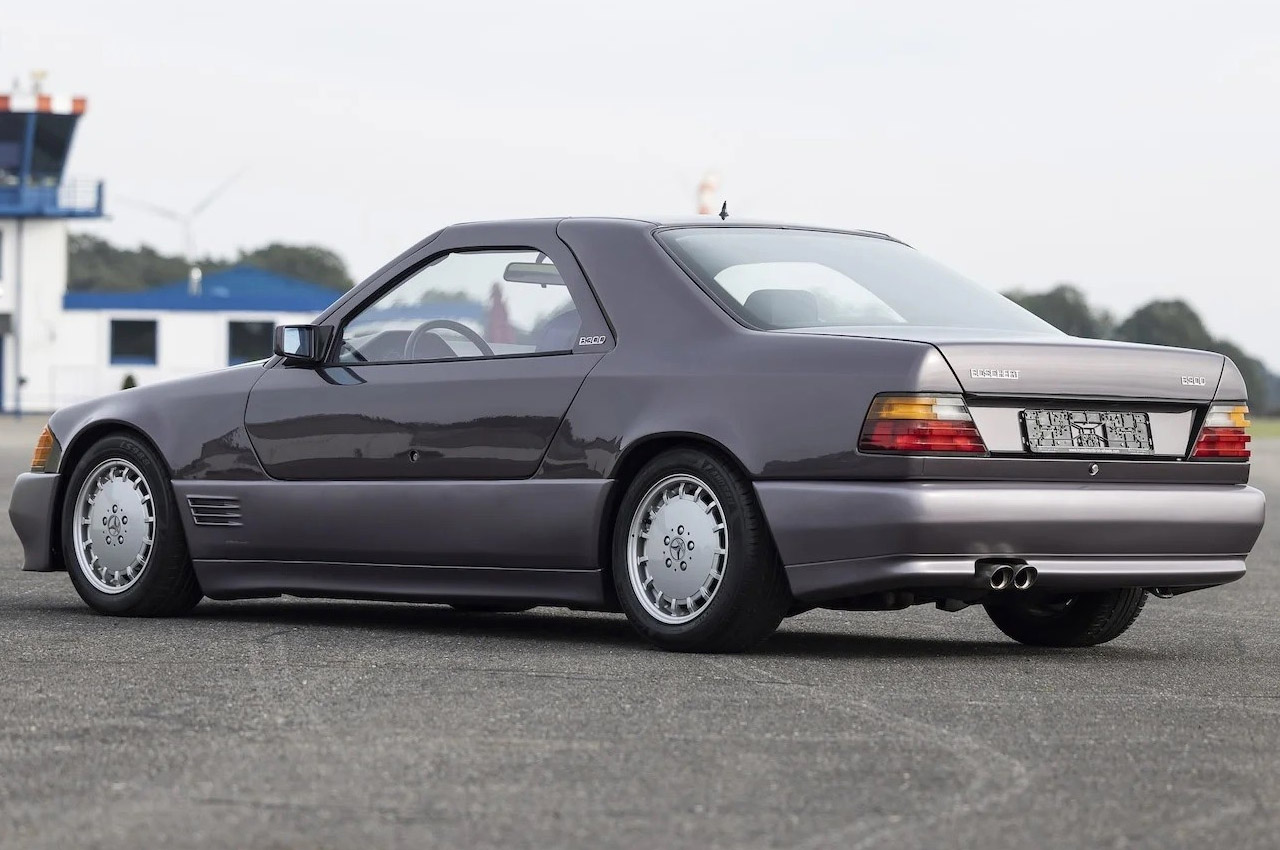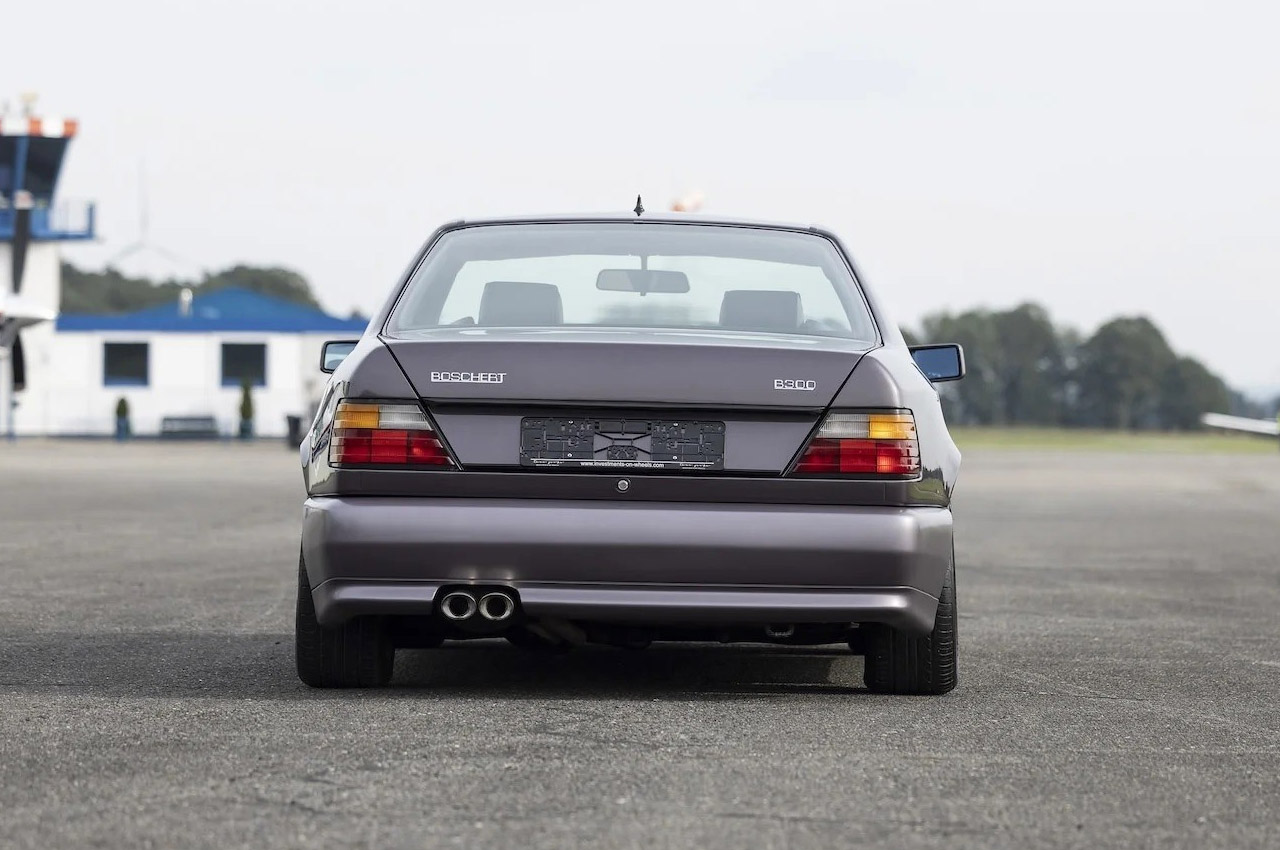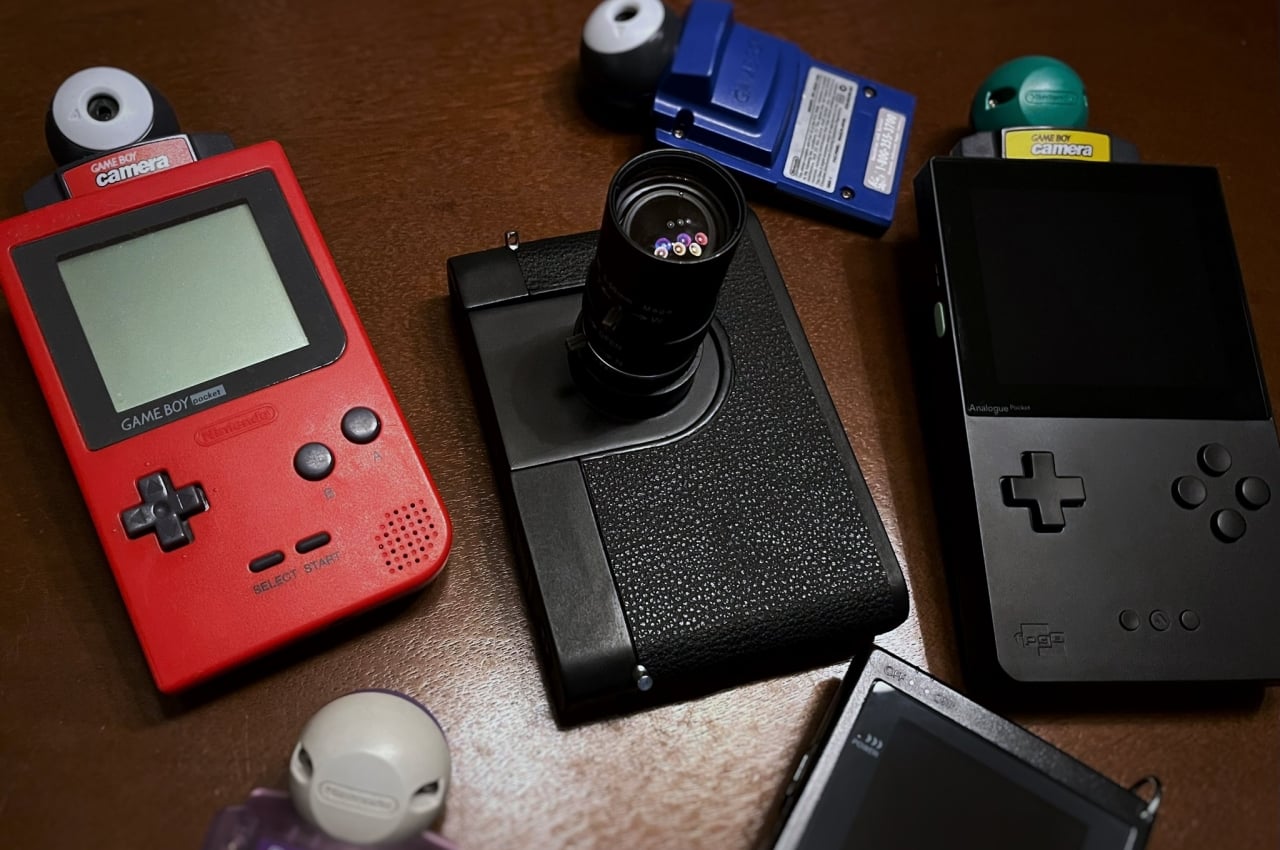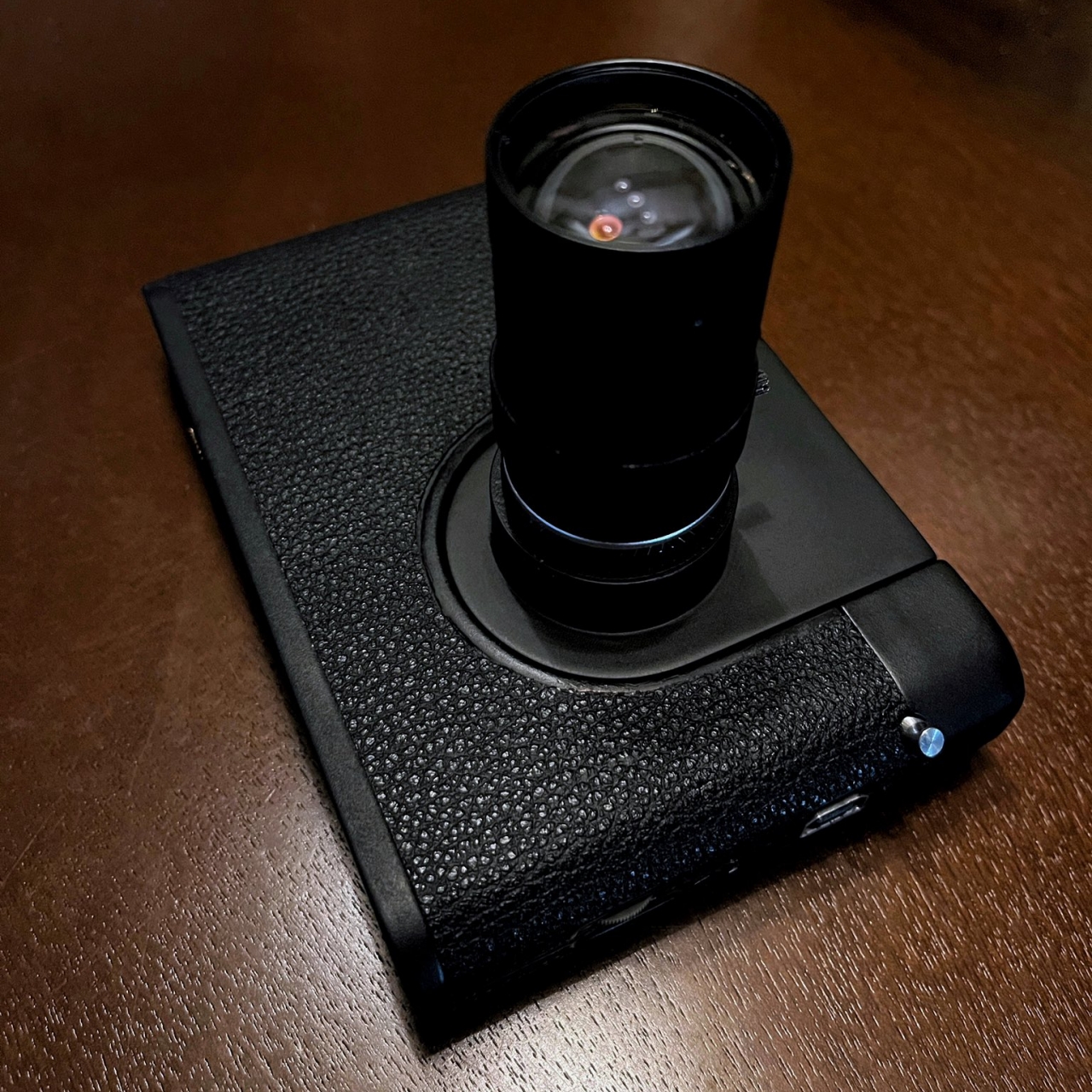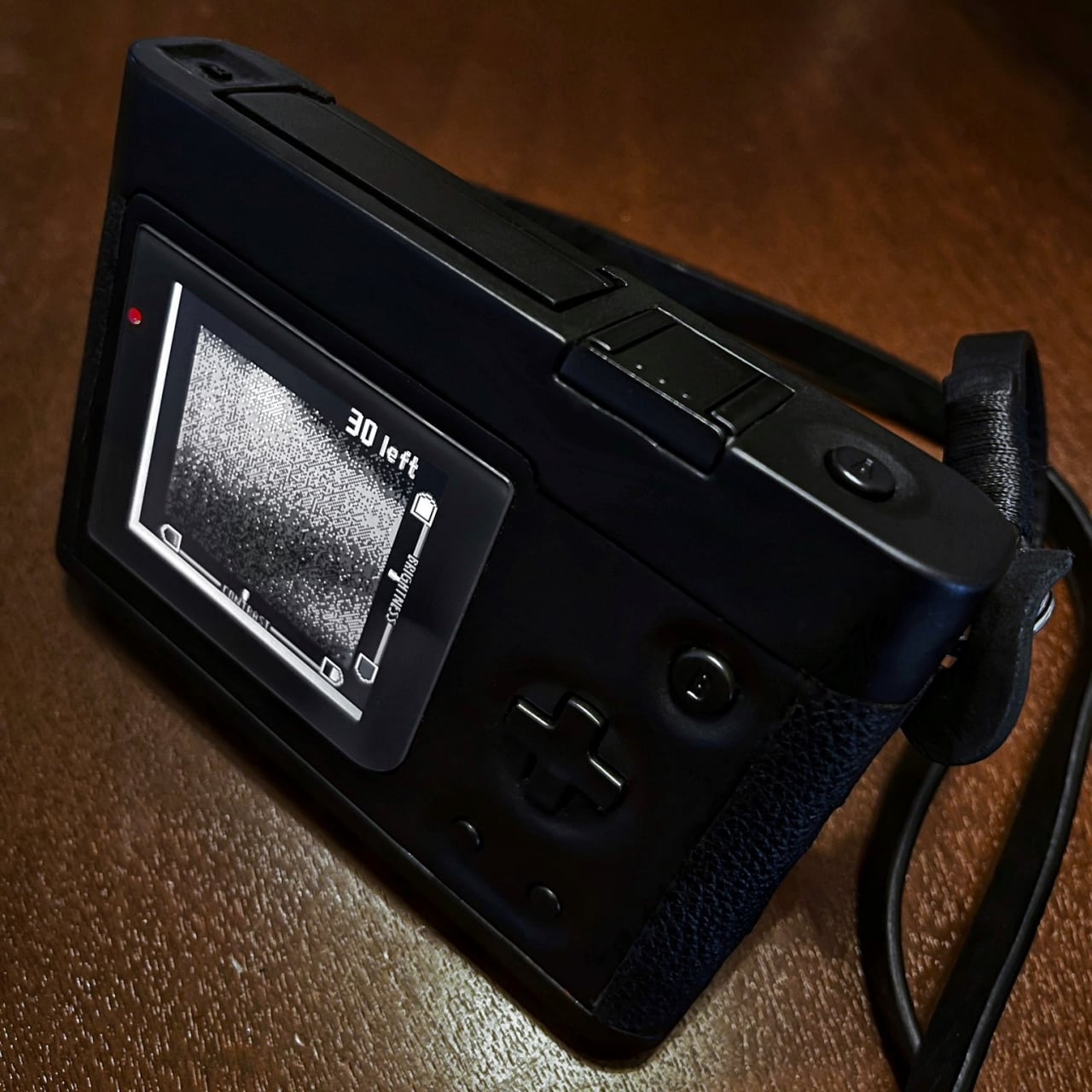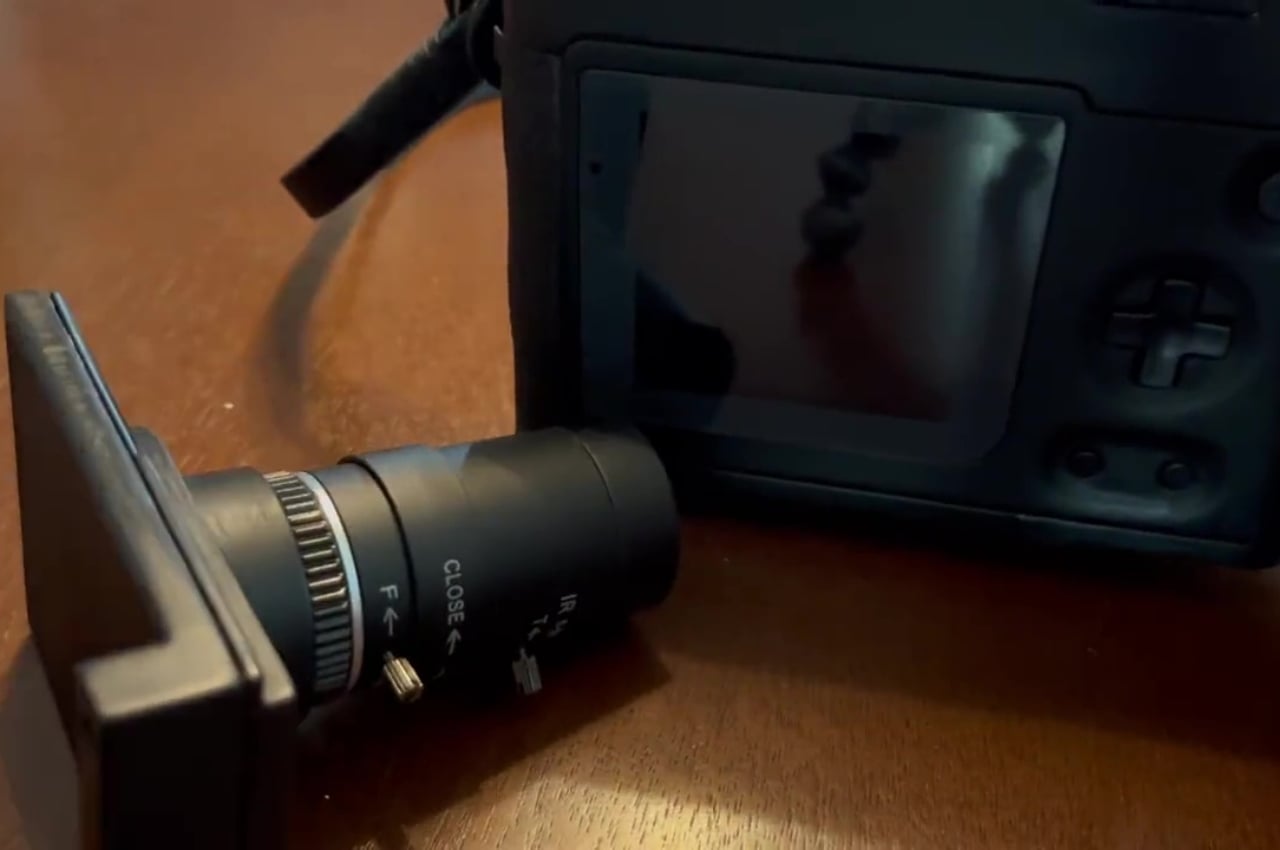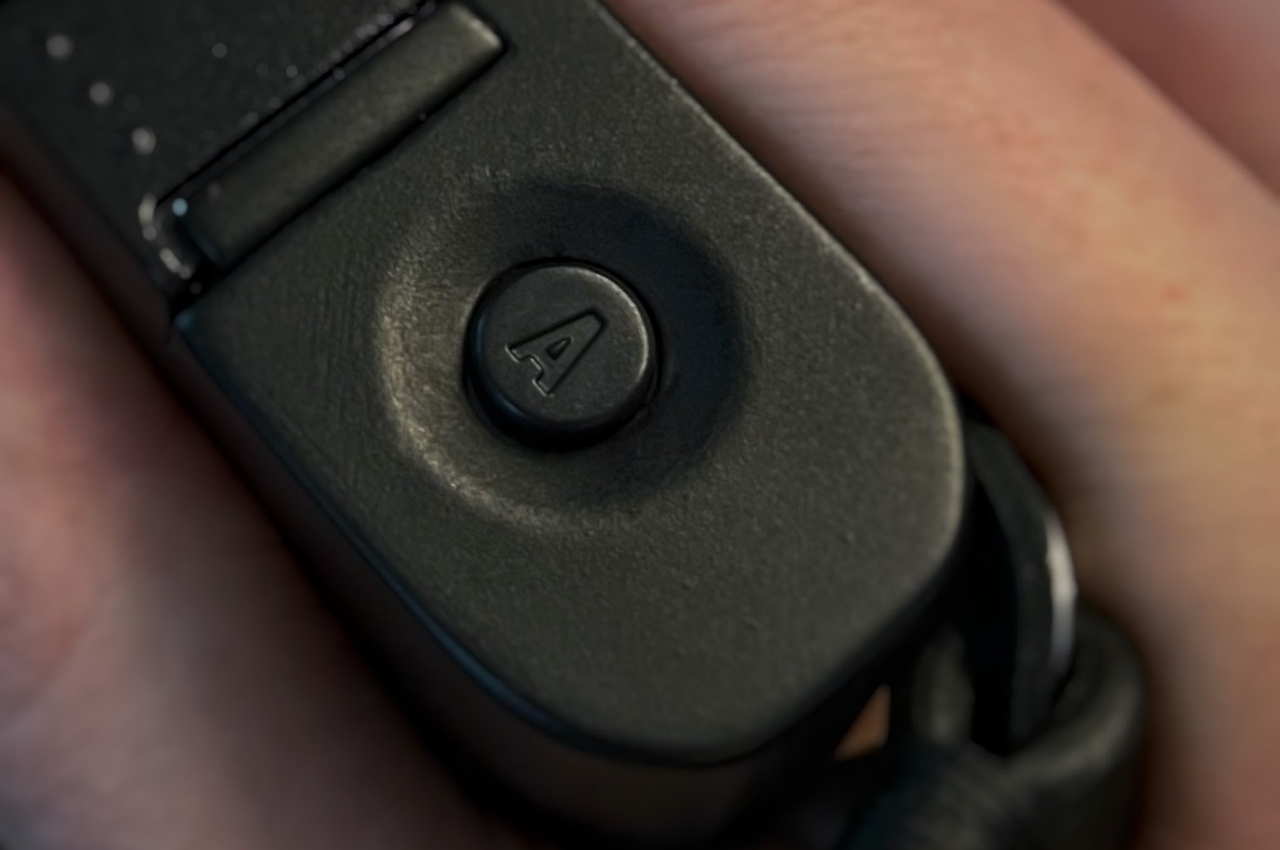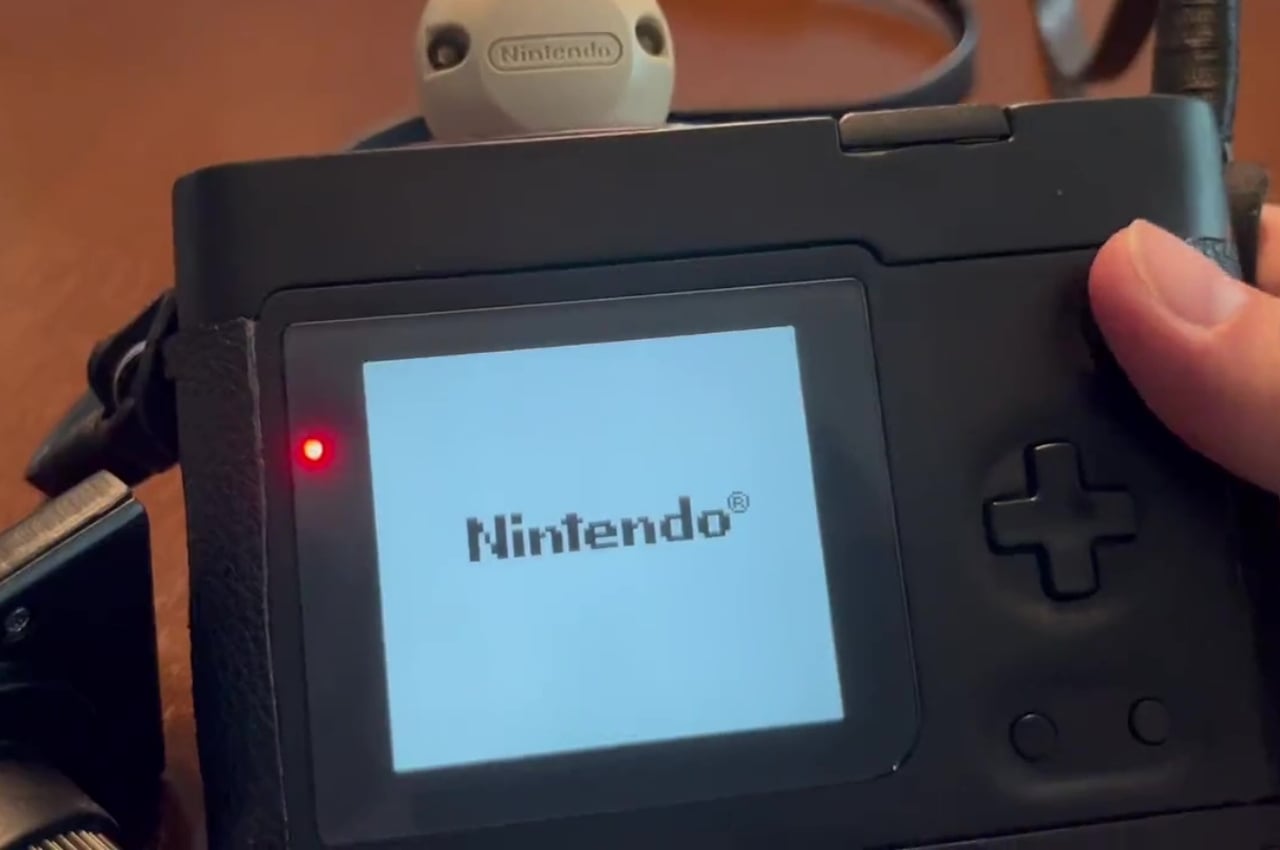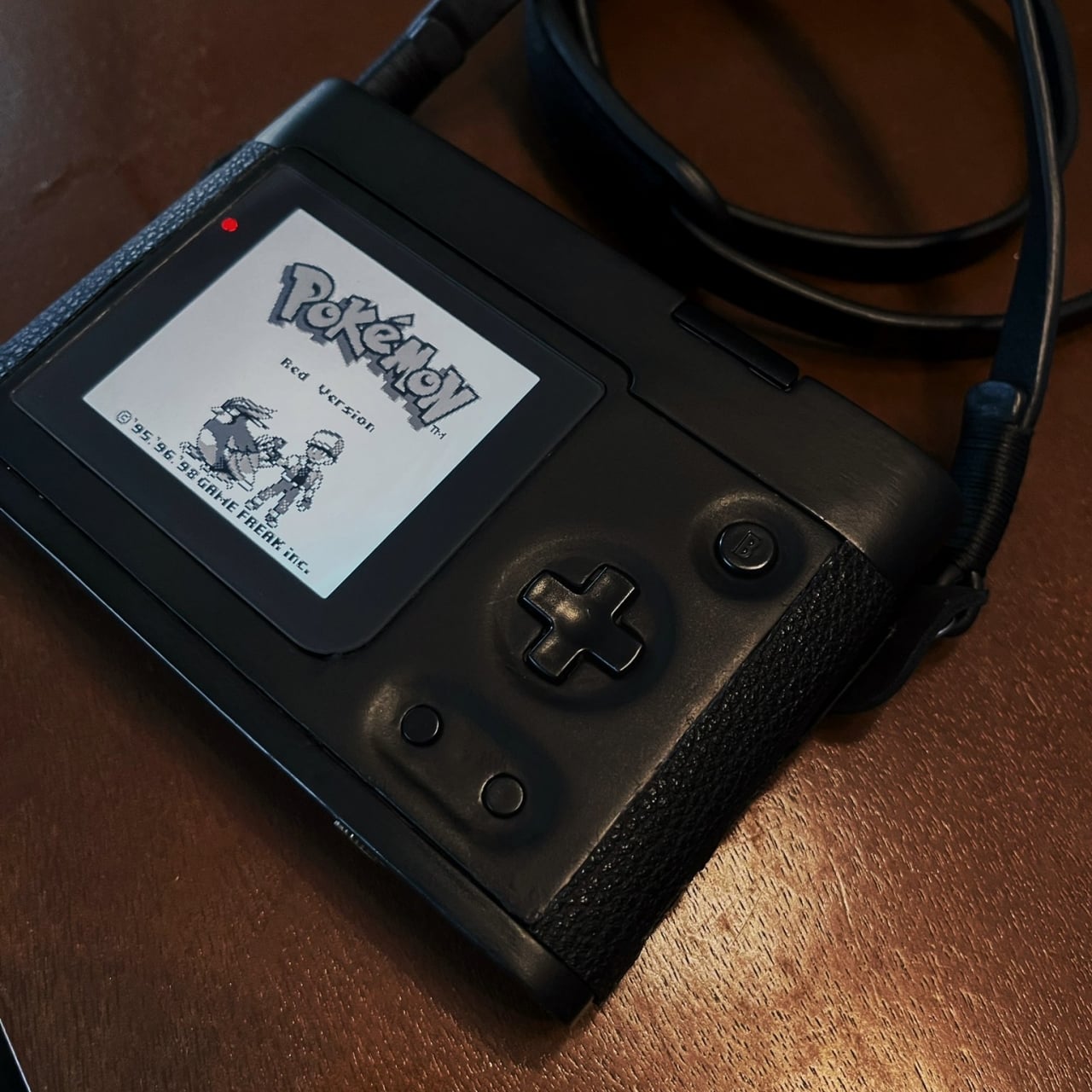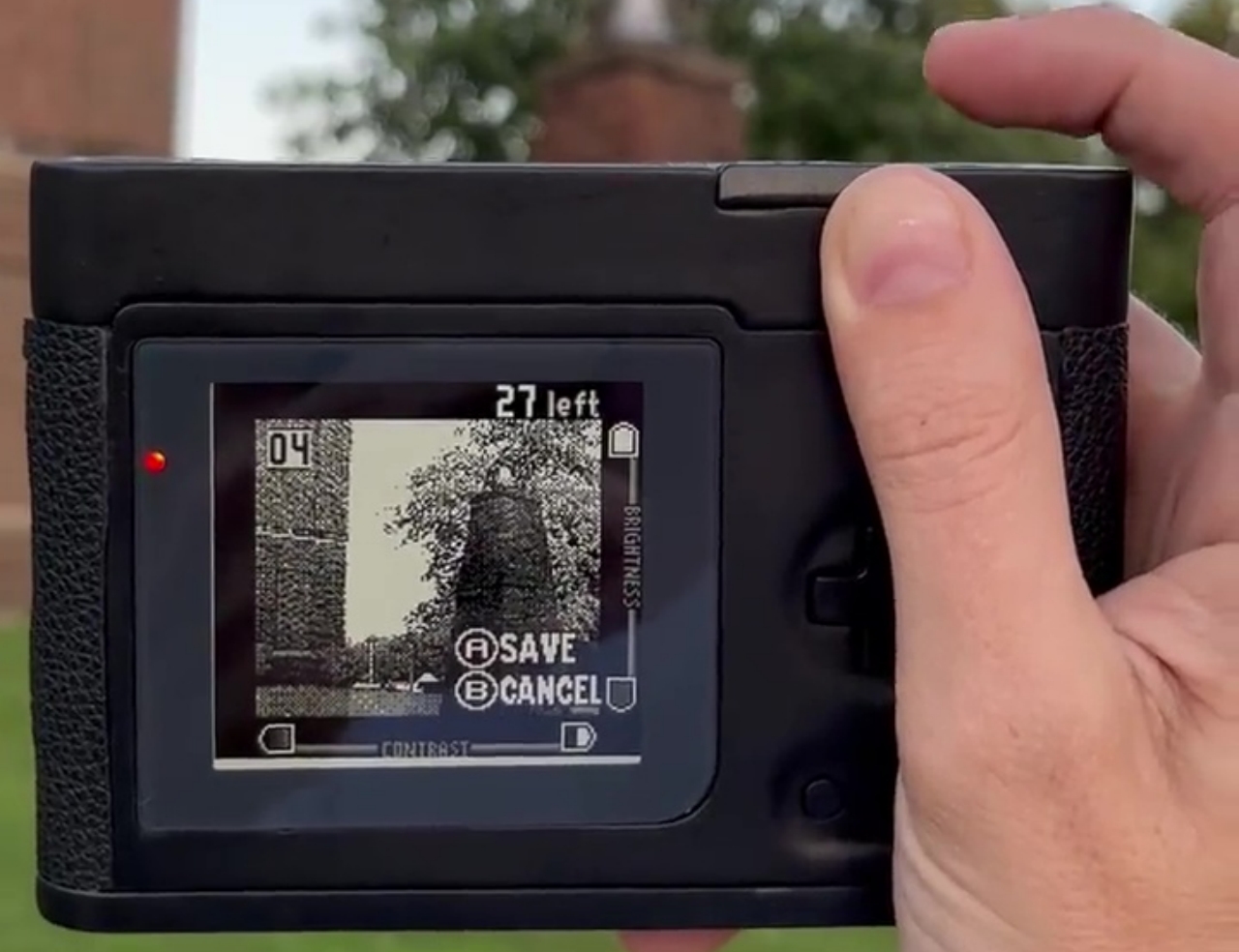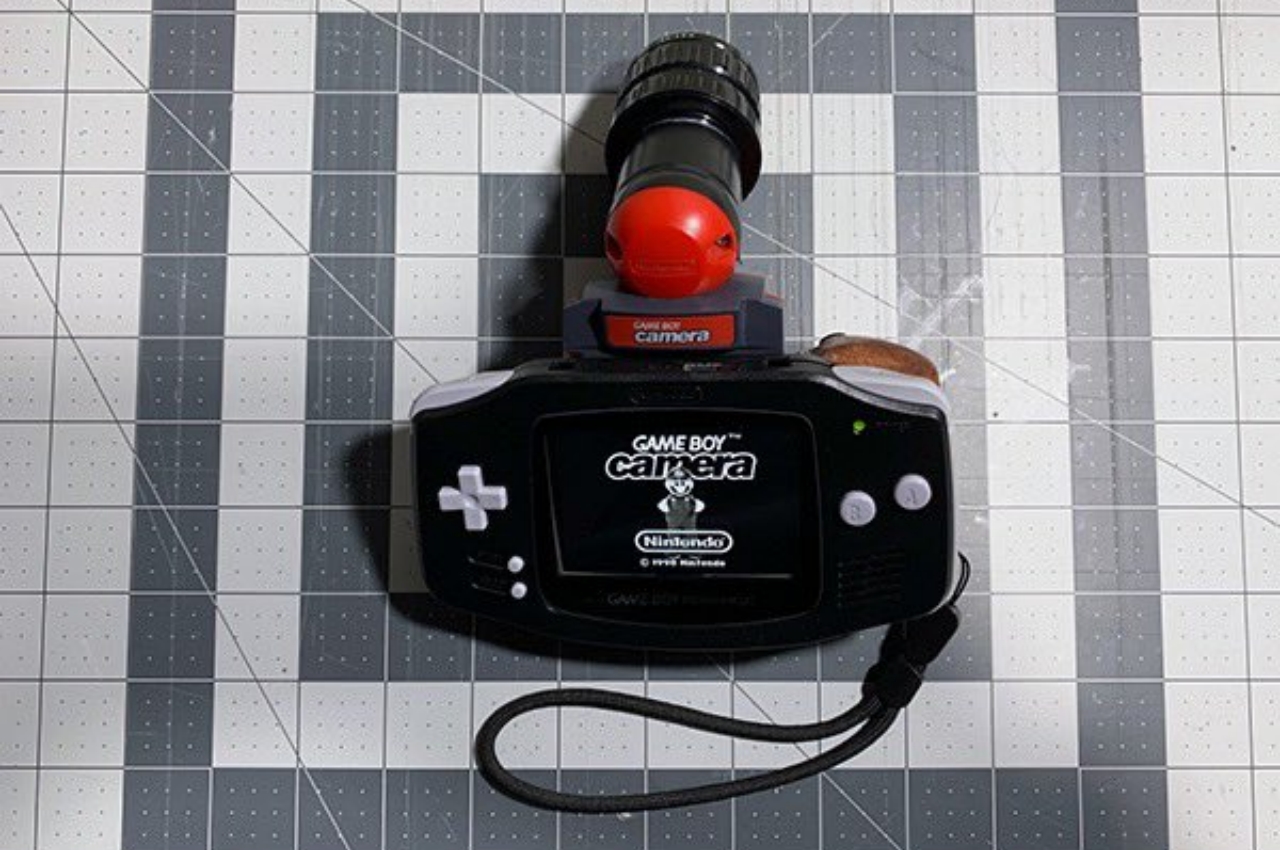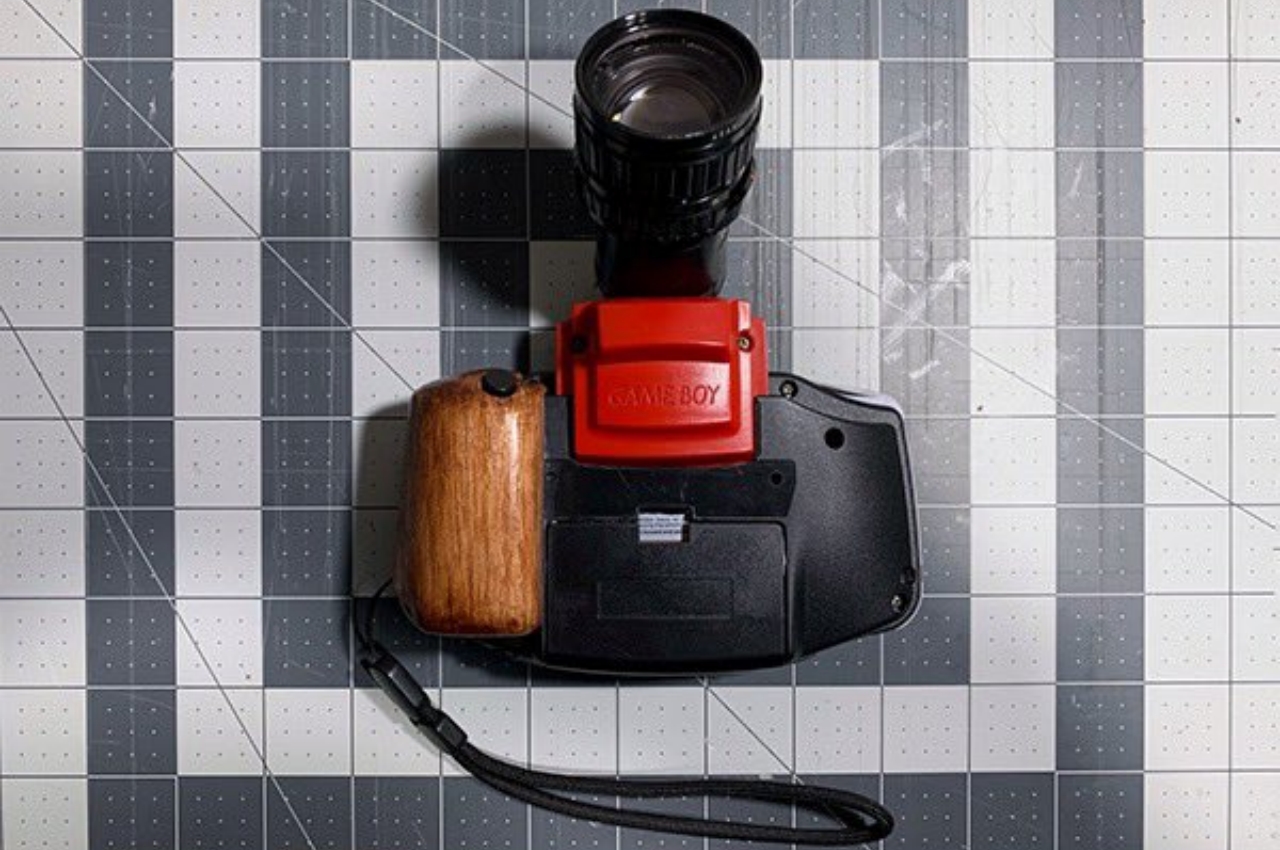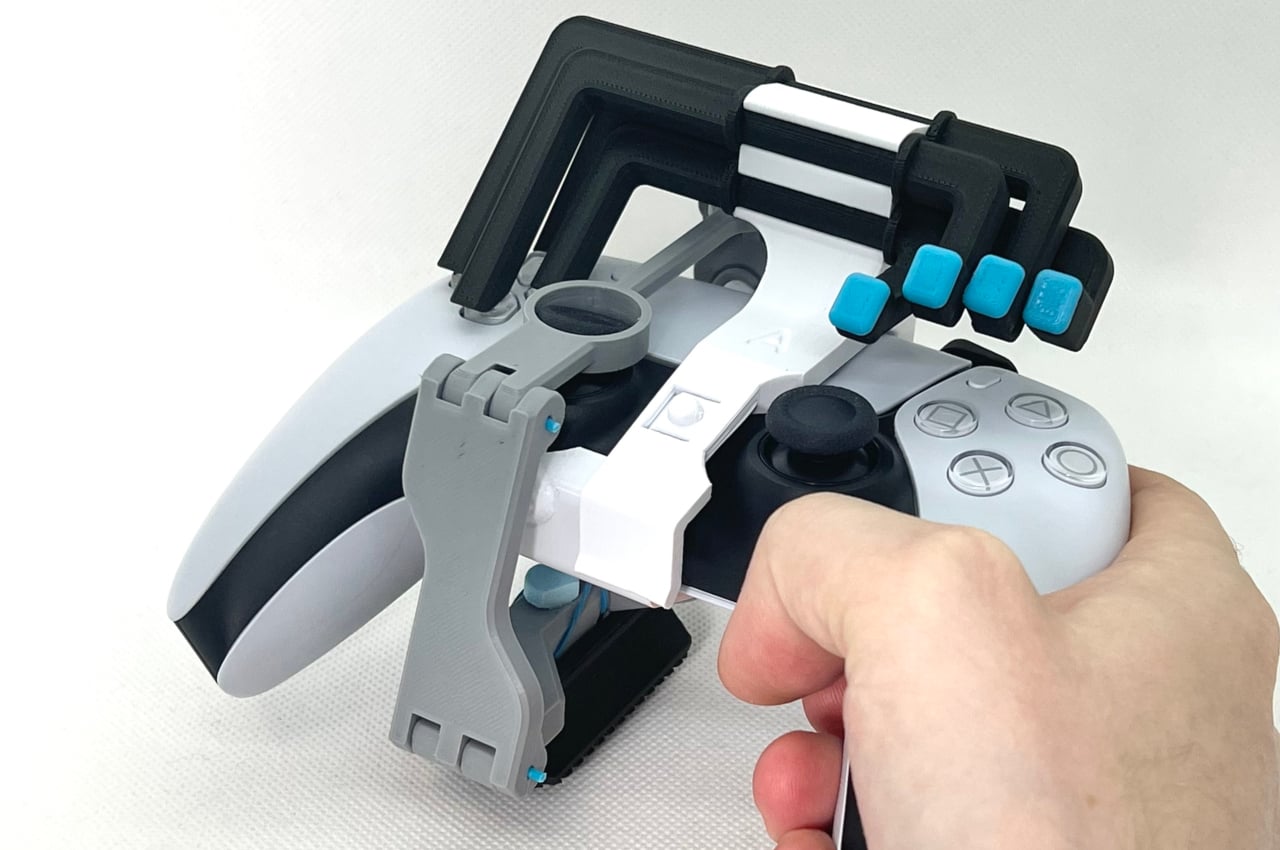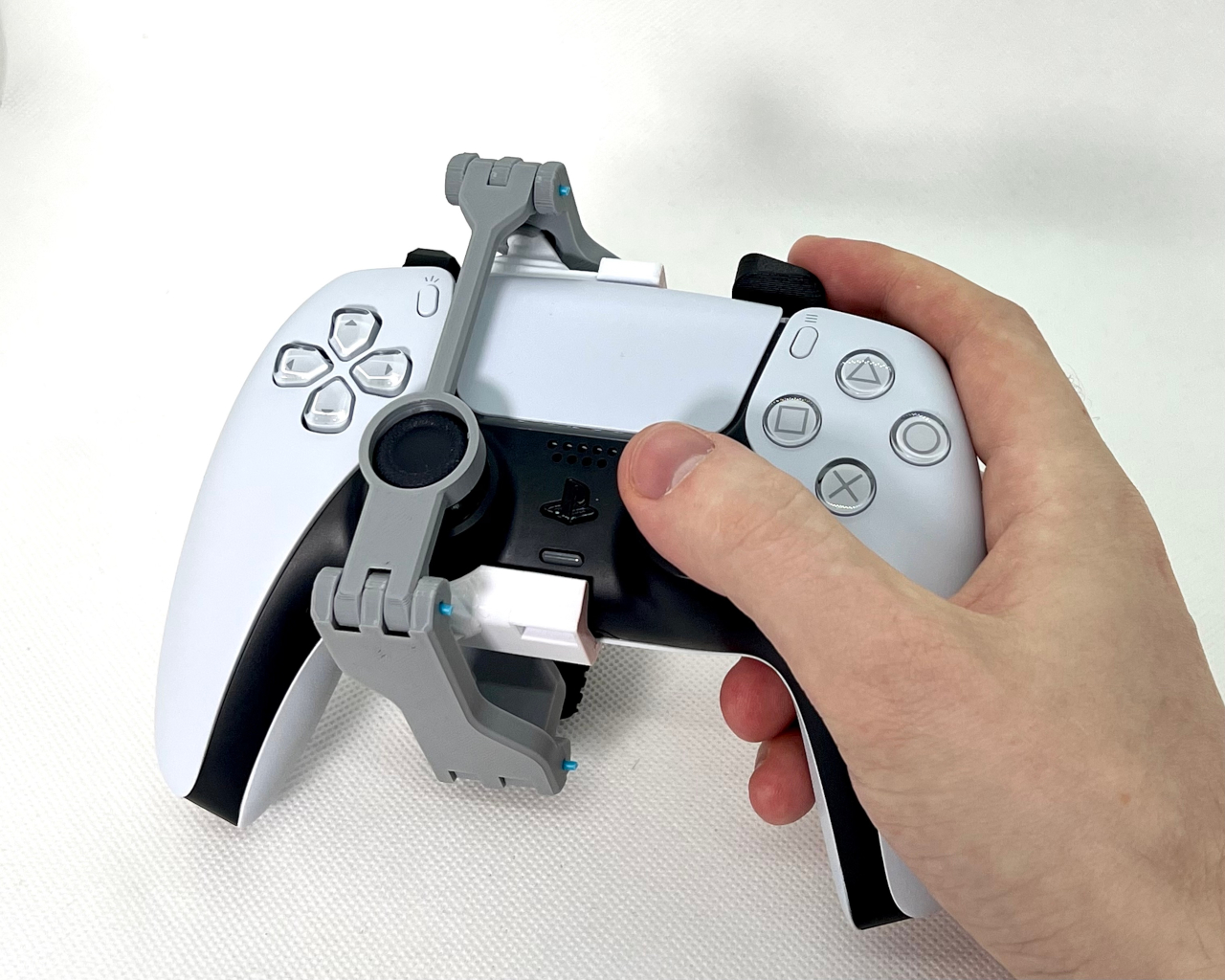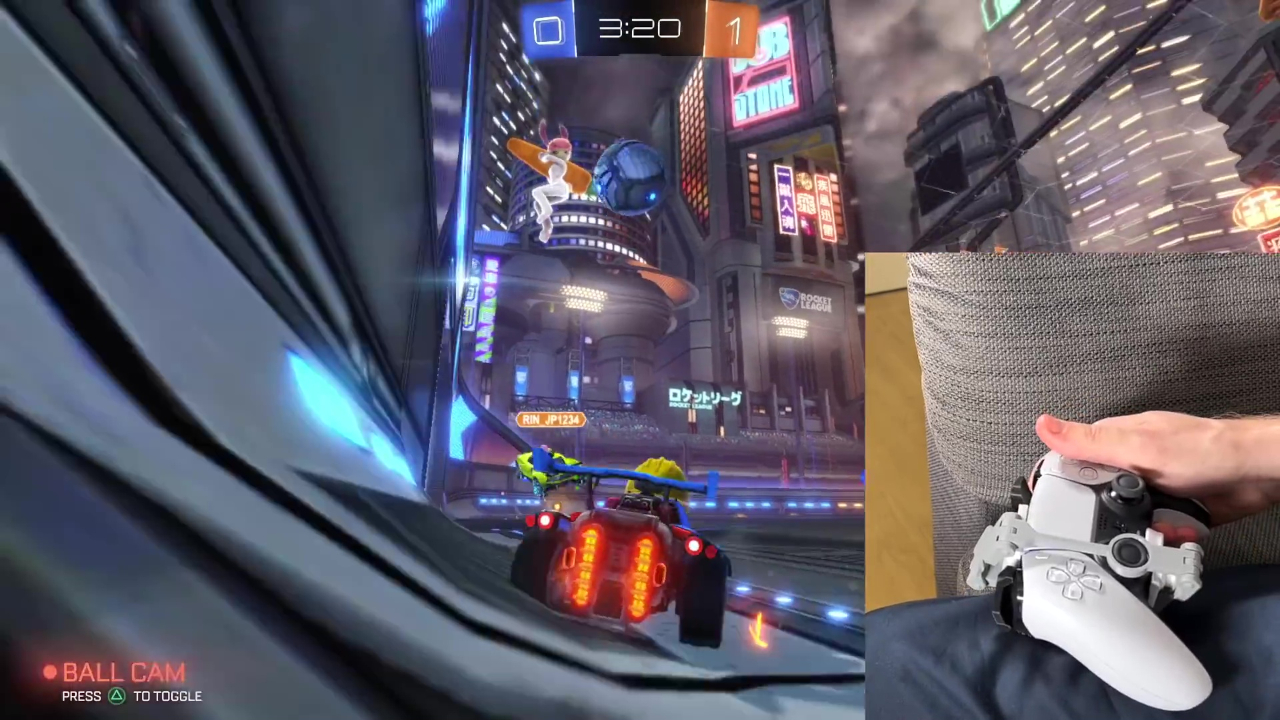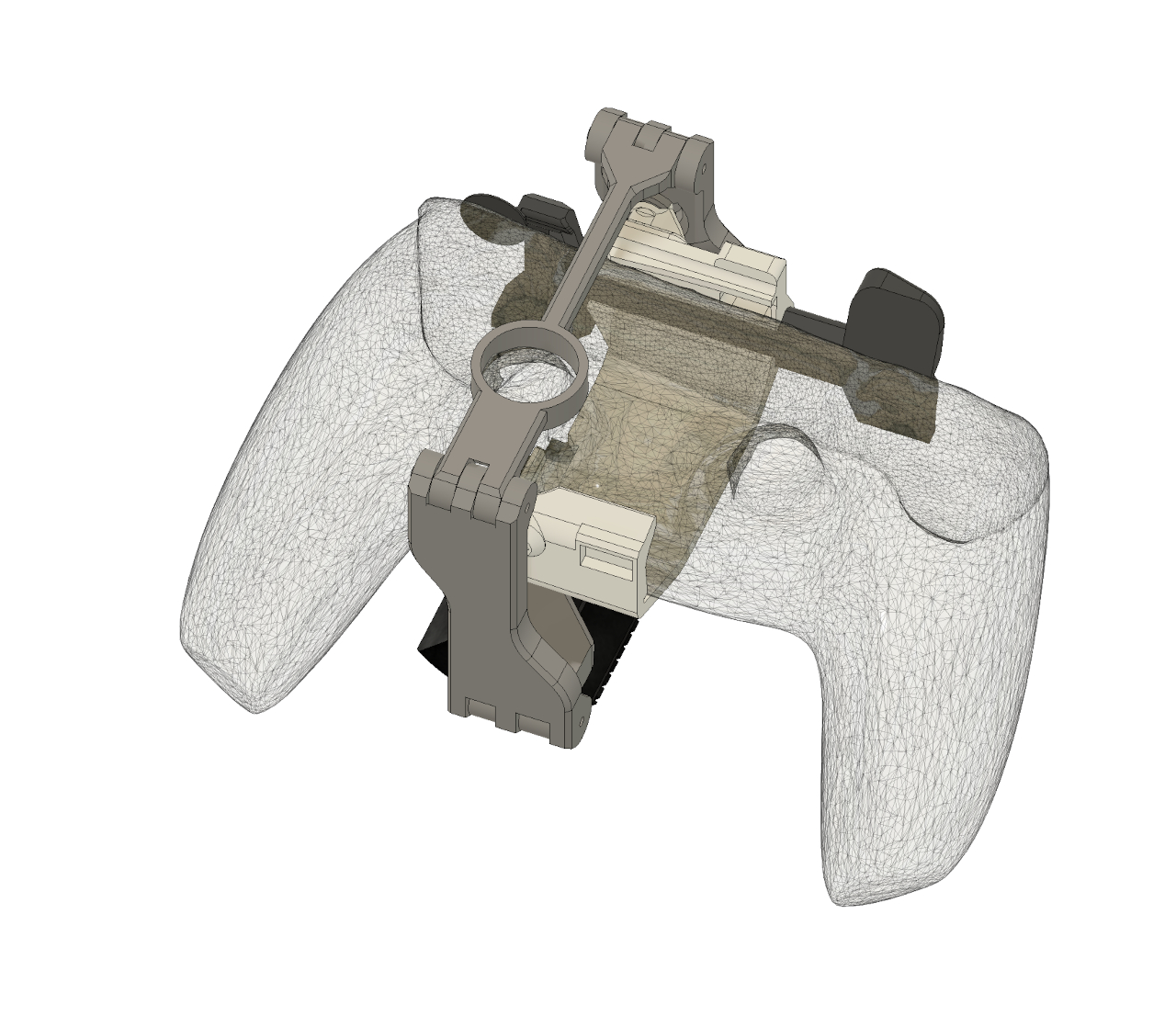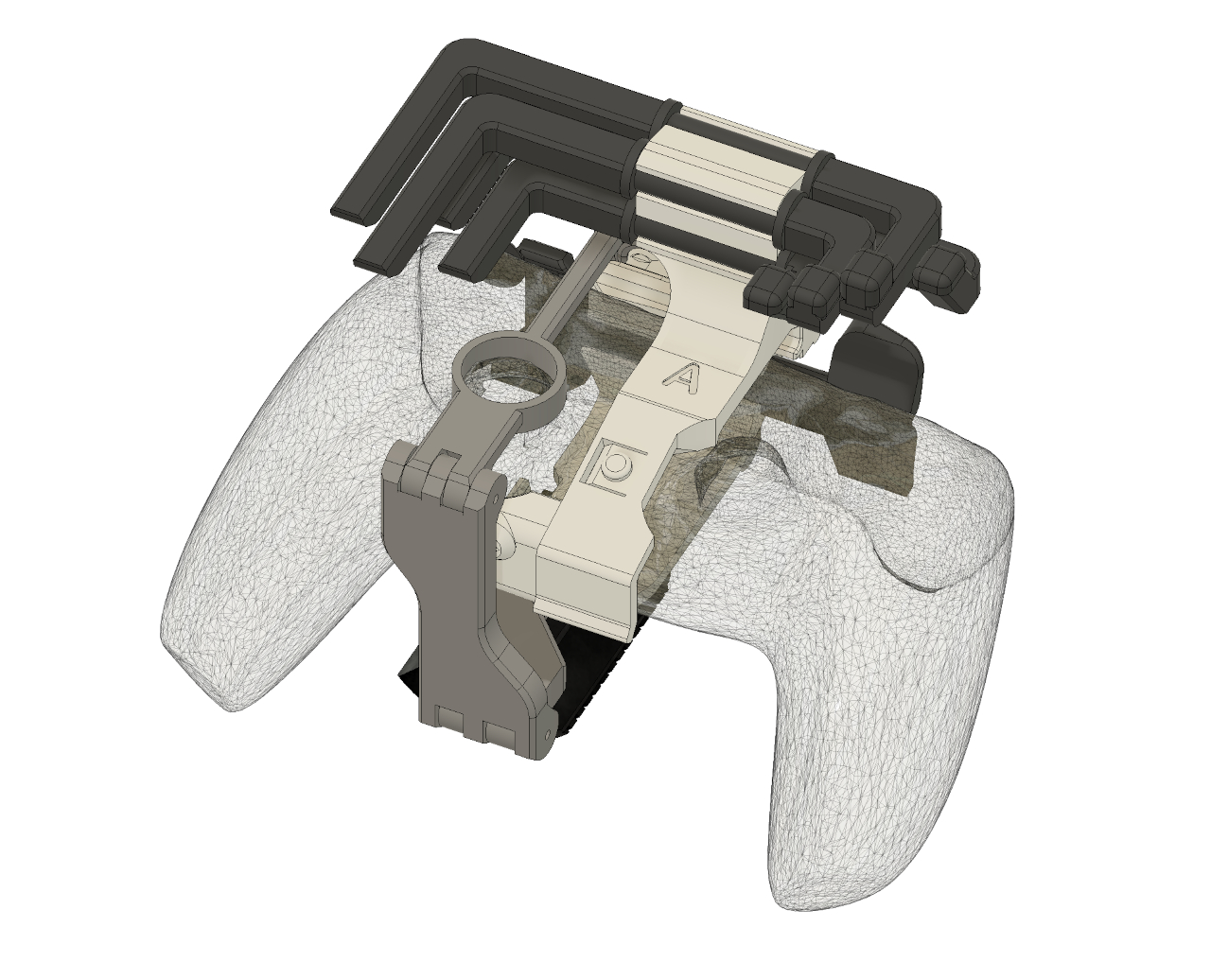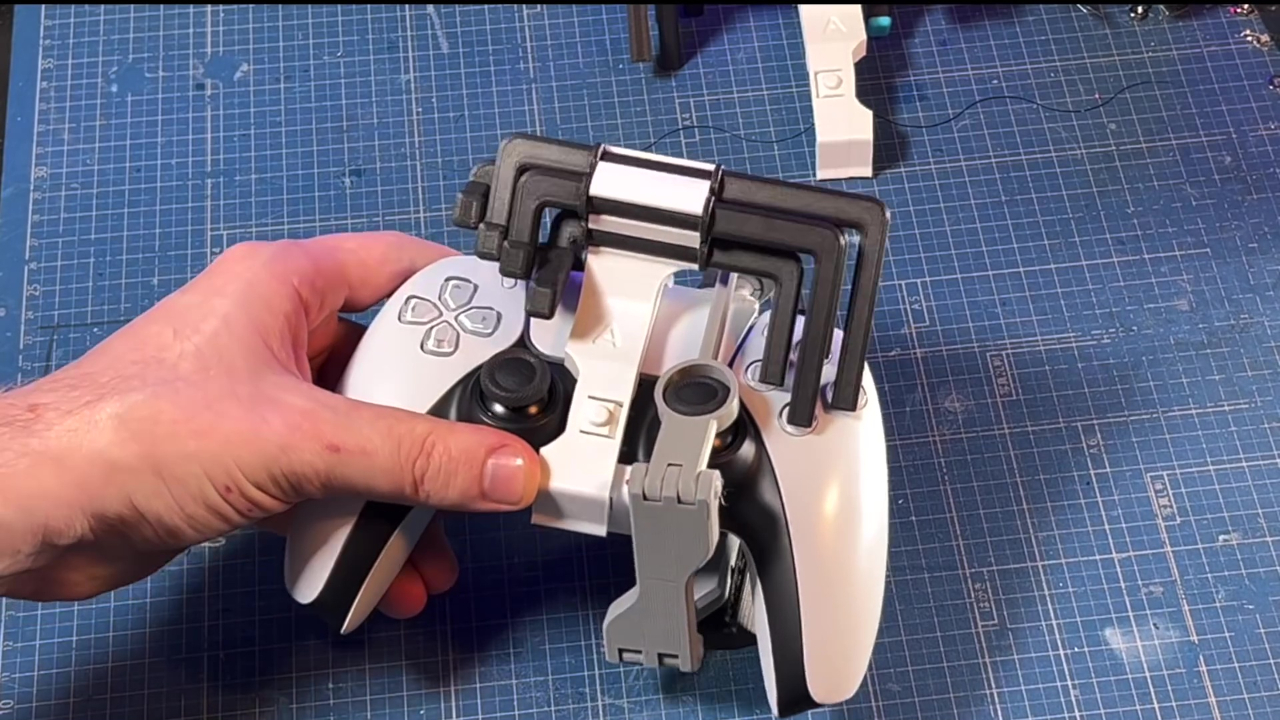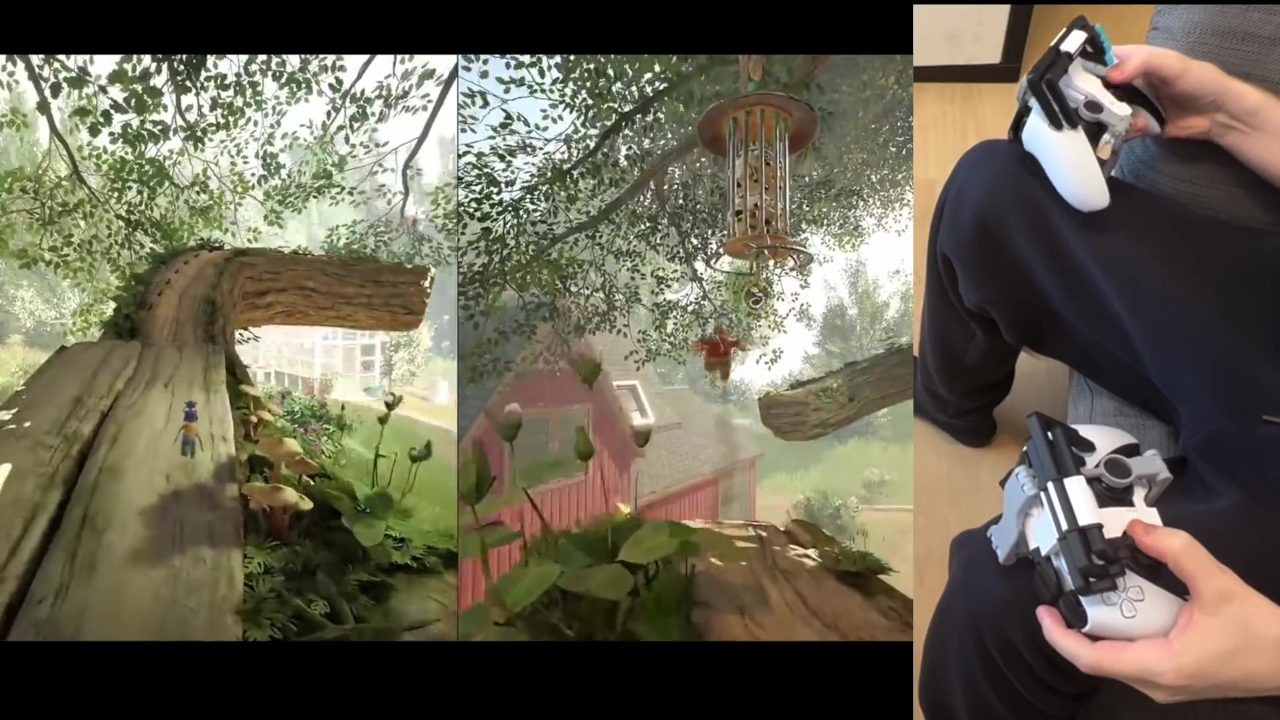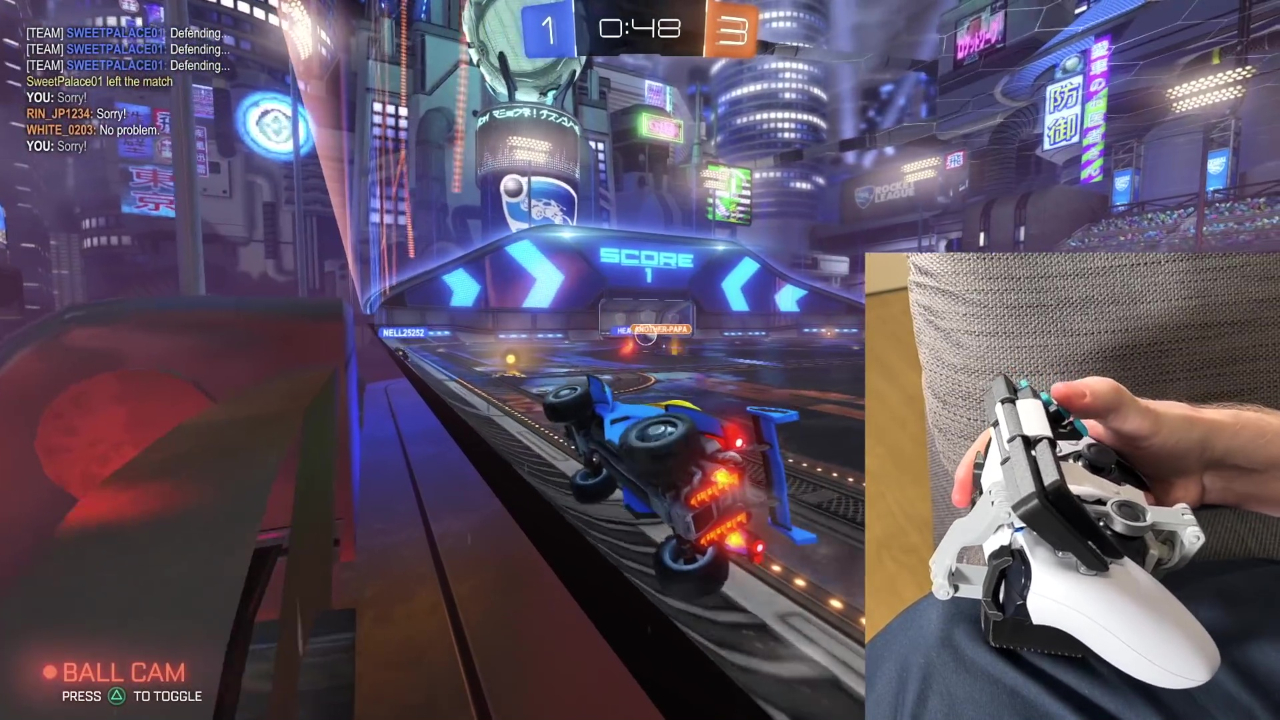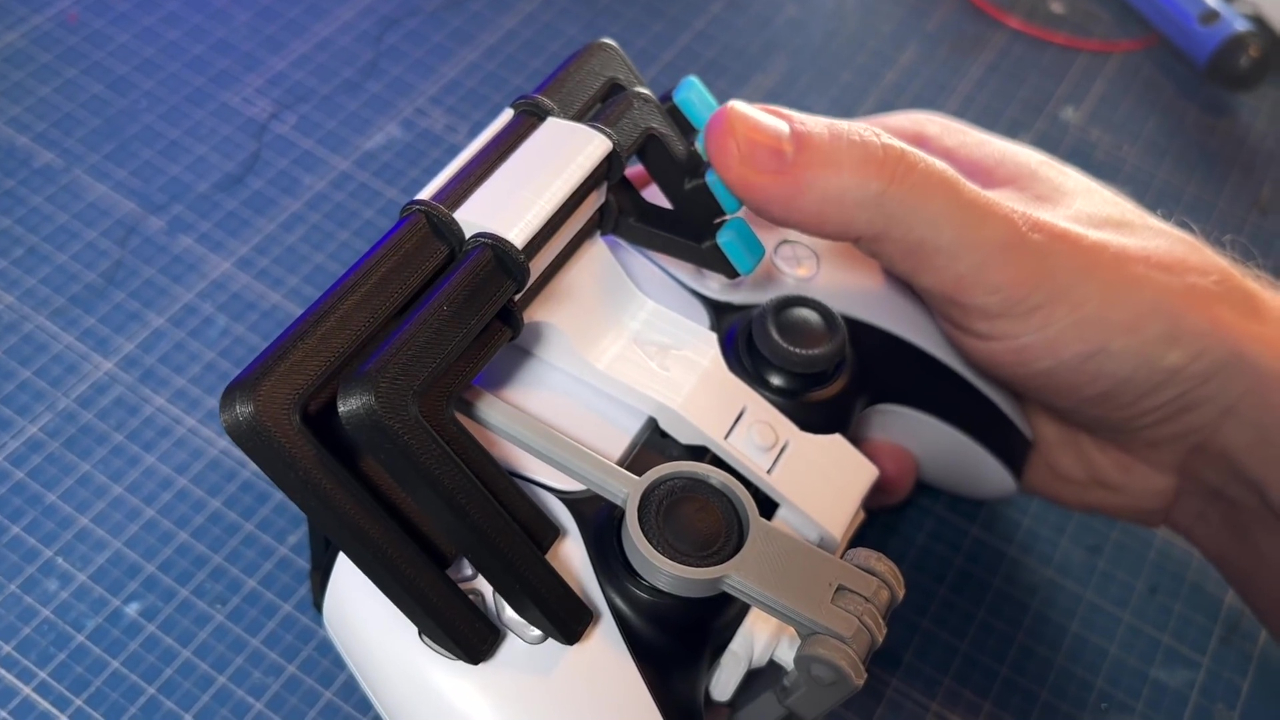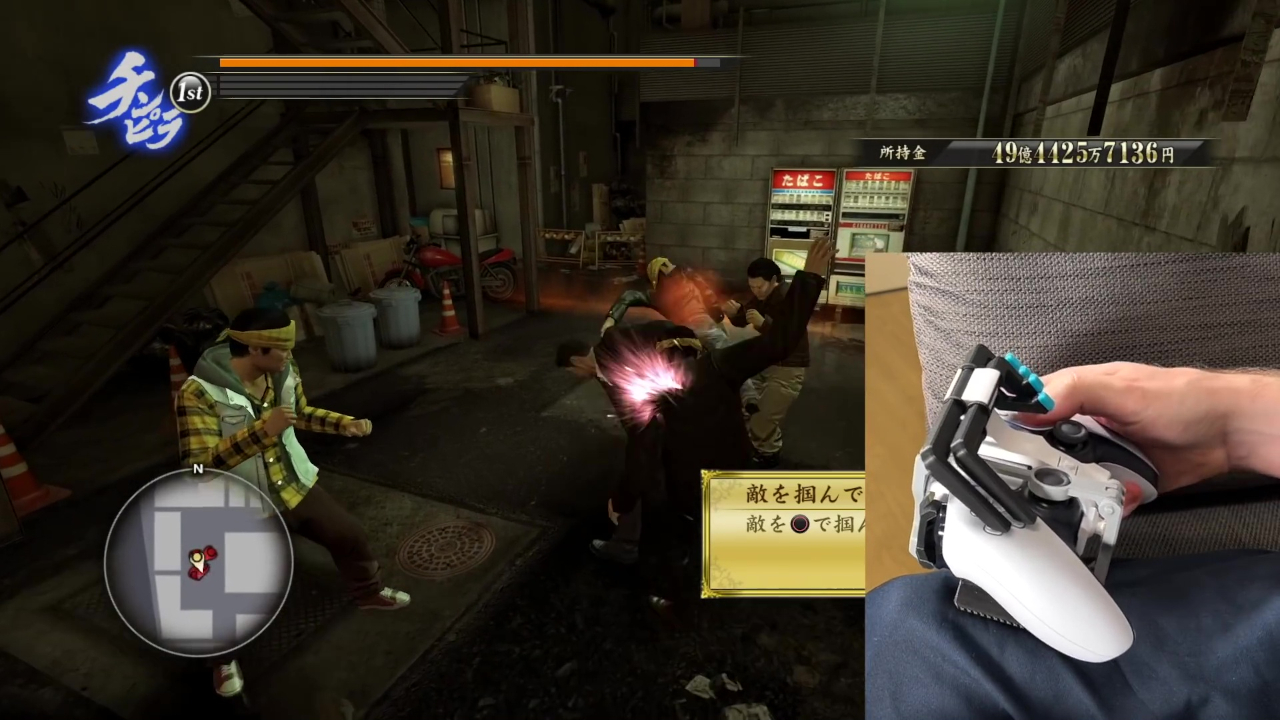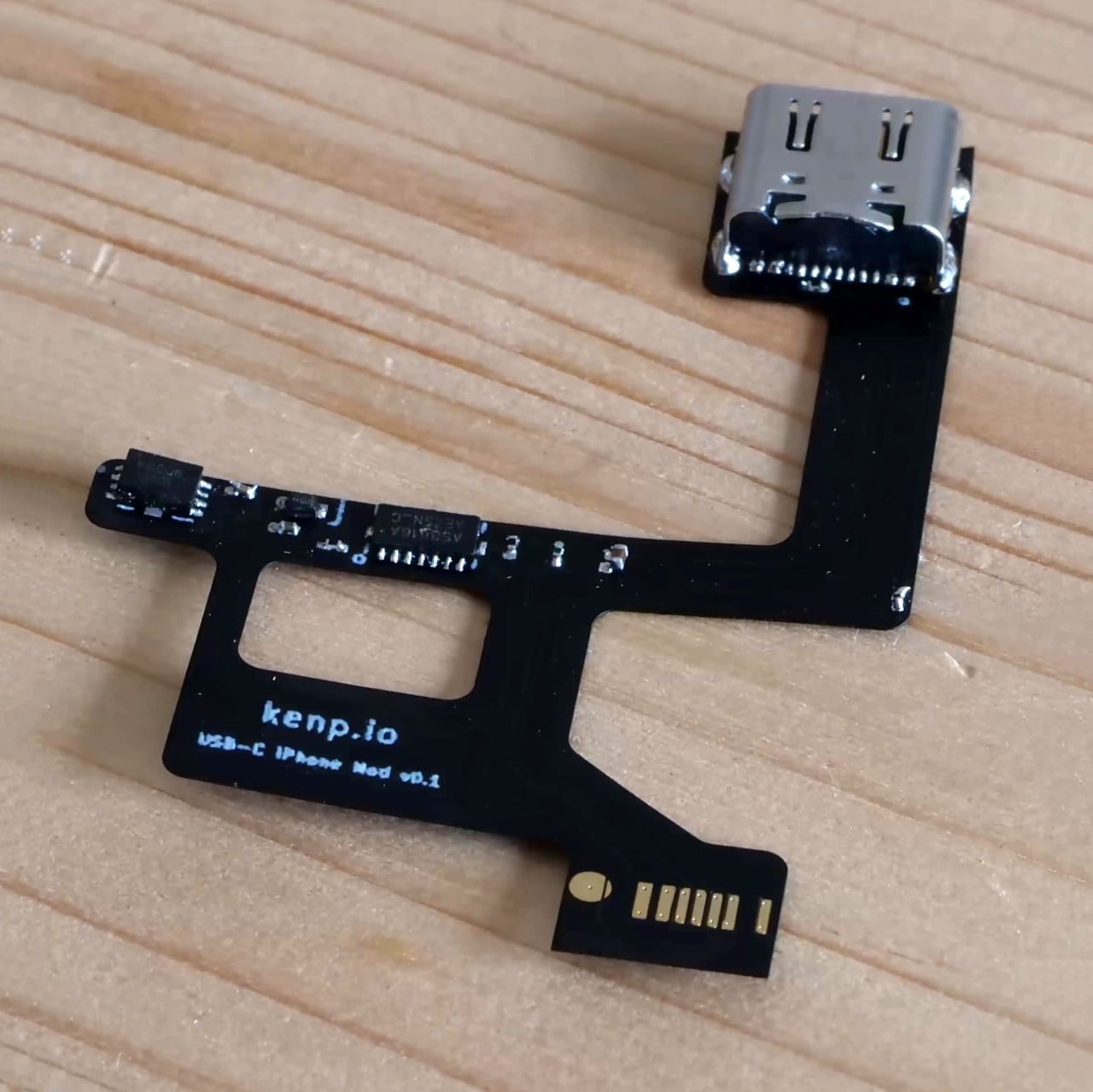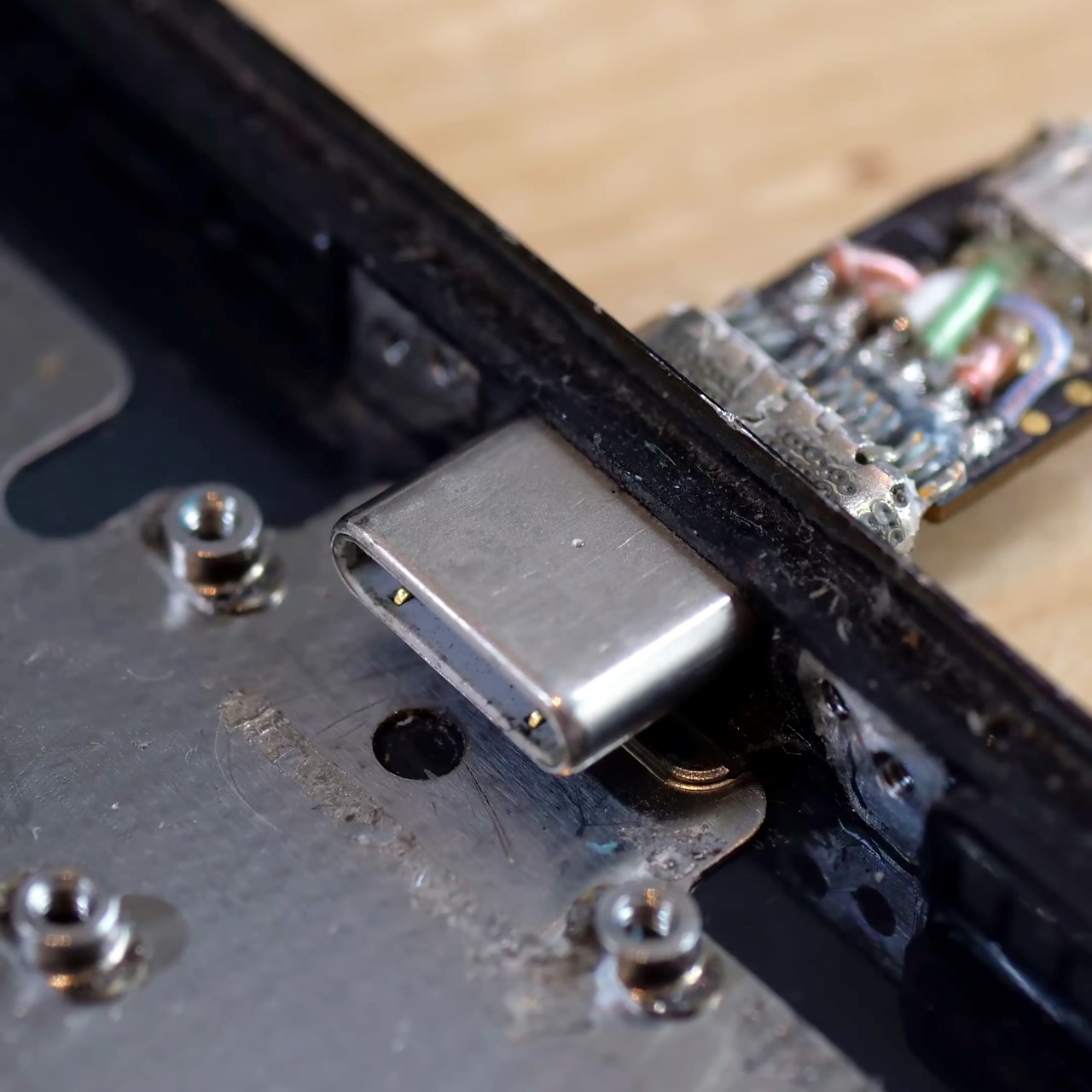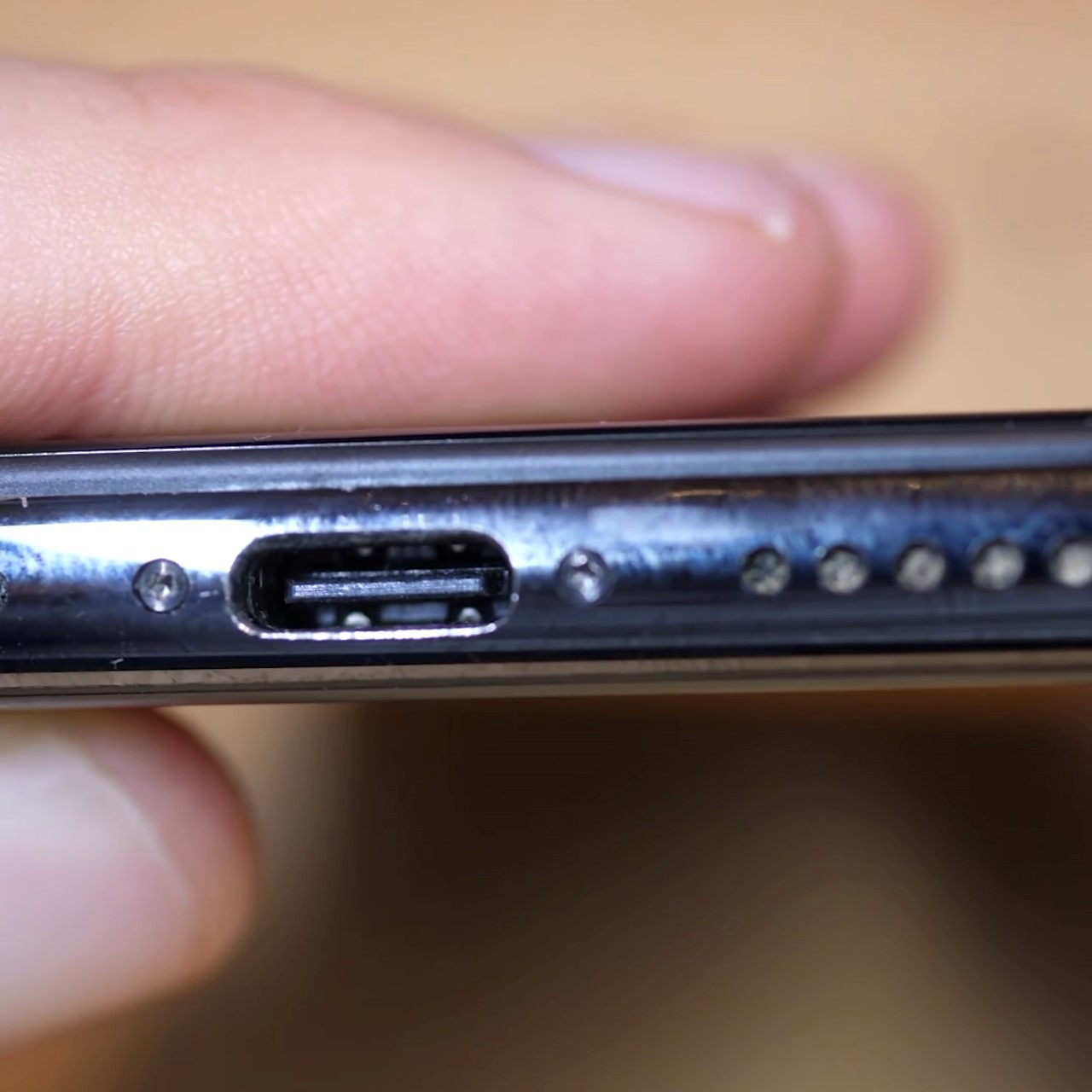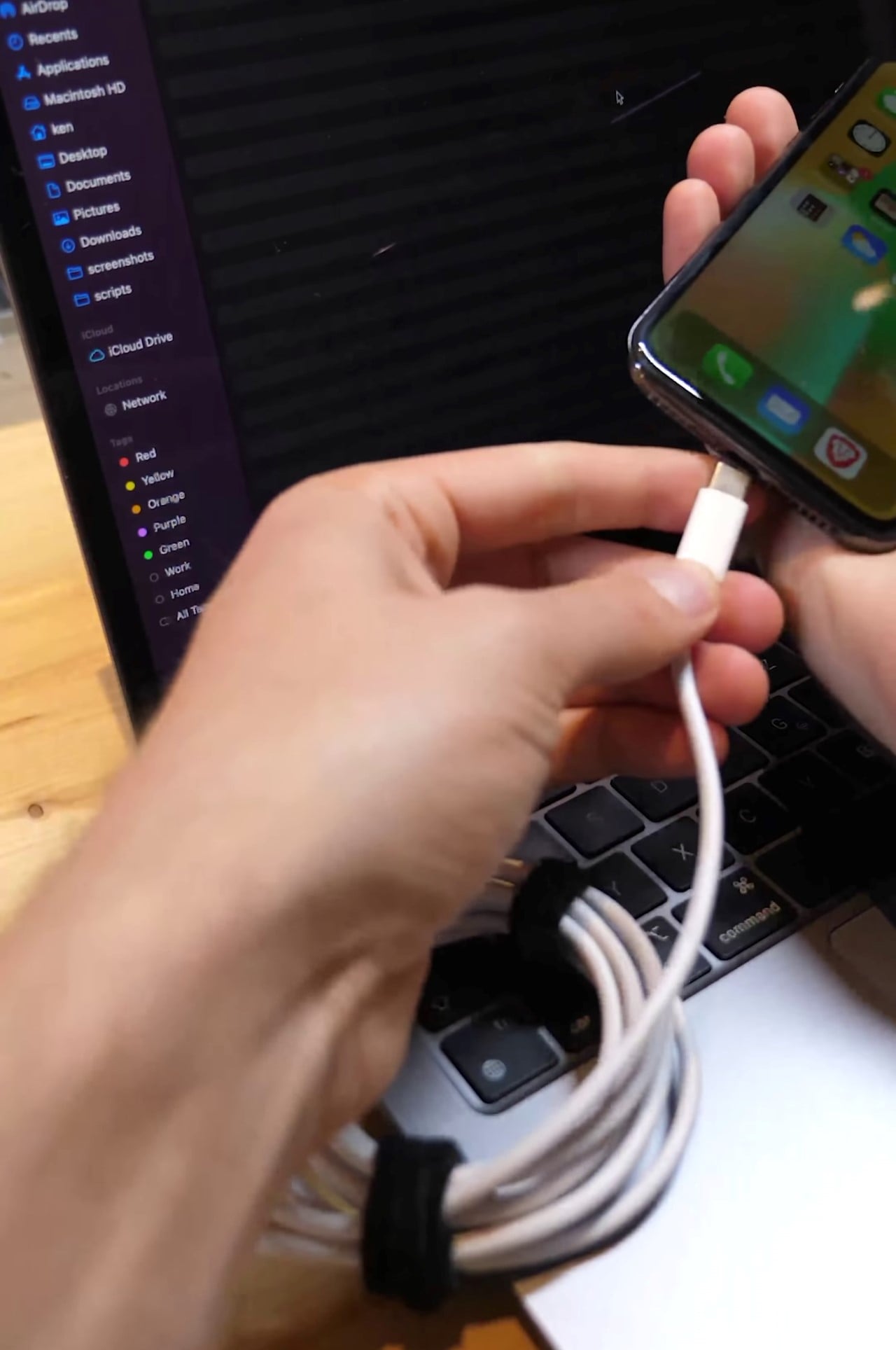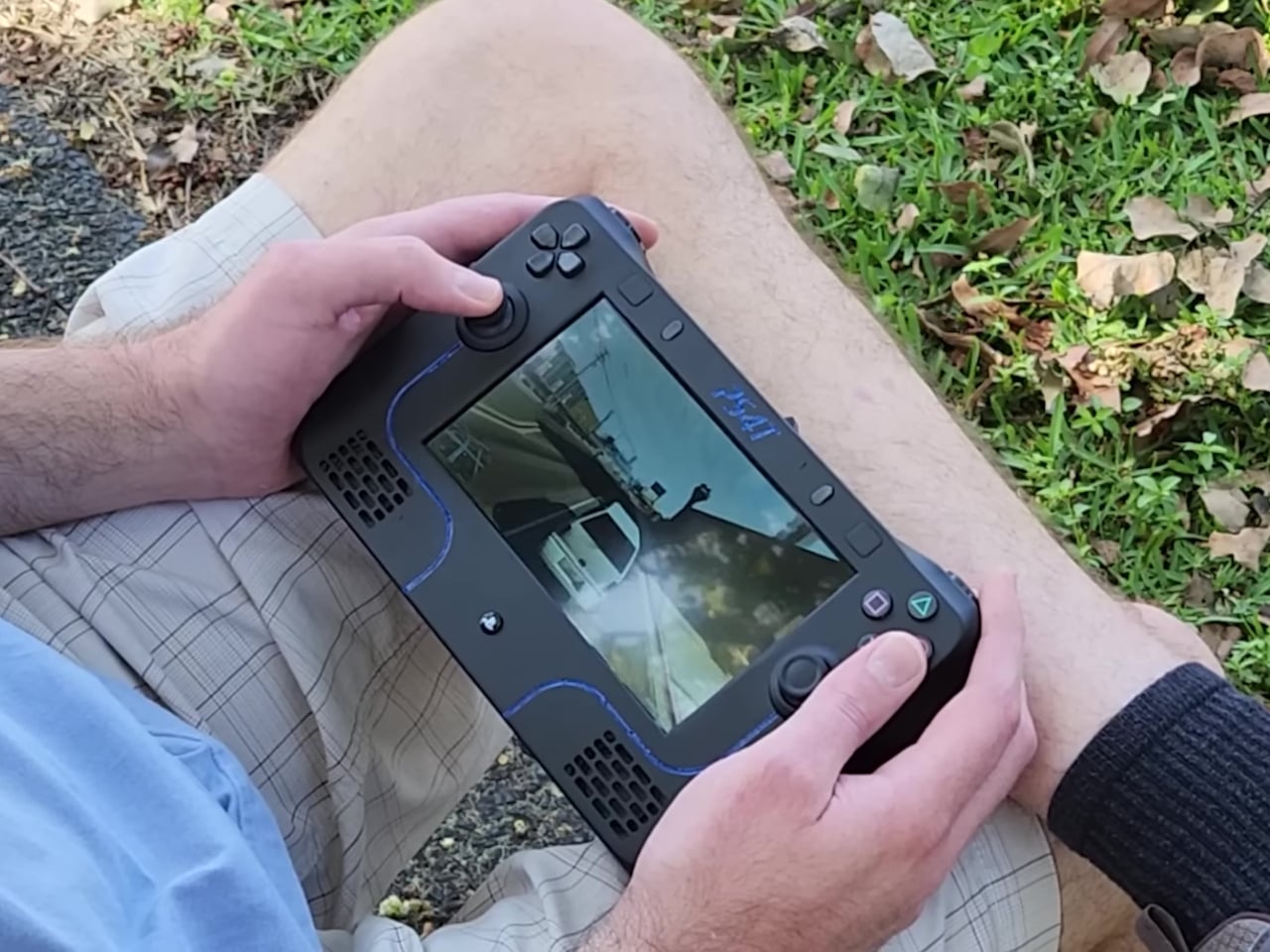
The Nintendo Switch ushered in a new age for handheld gaming devices, but somewhat ironically, PC gaming handhelds are the ones dominating that niche market. There was a time when the PlayStation Portable and Vita were the only “serious” portable consoles around, but neither Sony nor Xbox seems to be in a rush to catch up. No, the PlayStation Portal doesn’t qualify in this regard.
This left PlayStation fans to their own devices to scratch this portable itch, leading to many mods and DIY projects with varying levels of success. What makes the “PS4T” rather notable isn’t its looks, which is downright basic, but the way it tries to reuse as much of the original PS4 Slim hardware as much as possible, leading to some interesting design choices.
Designer: Josh (Restore Technique)
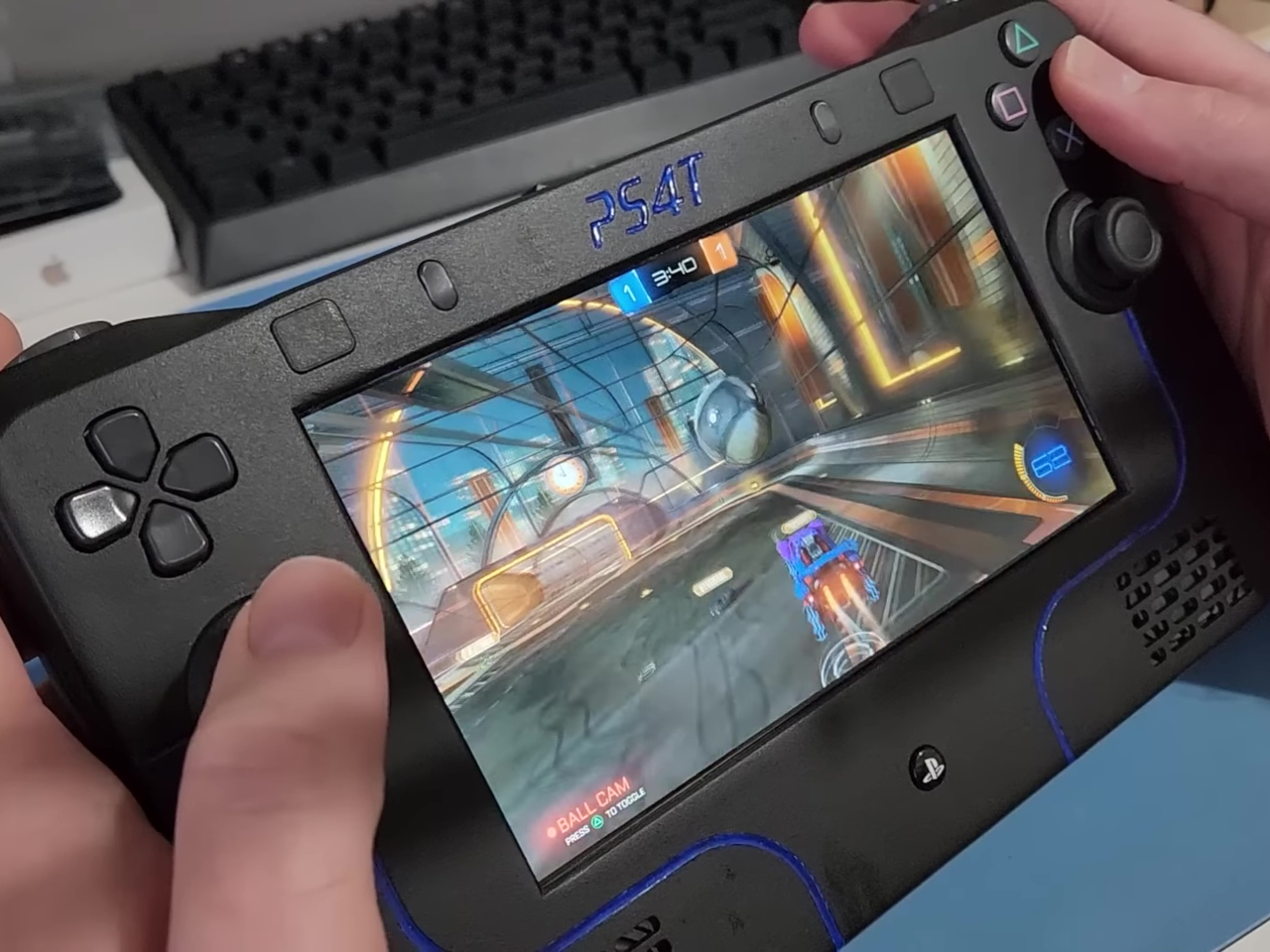
There is no shortage of attempts to shoehorn PlayStation and Xbox consoles into relatively handheld sizes, and many of them require modifying and cutting up the console’s motherboard to shrink the whole system down. Curiously, this particular design doesn’t do that, which simplifies the process a little bit but does mean that “handheld” is loosely applied in this case. Of course, many parts like the optical drive and hard disk have to be removed, but the fan and cooling system are mostly the same.
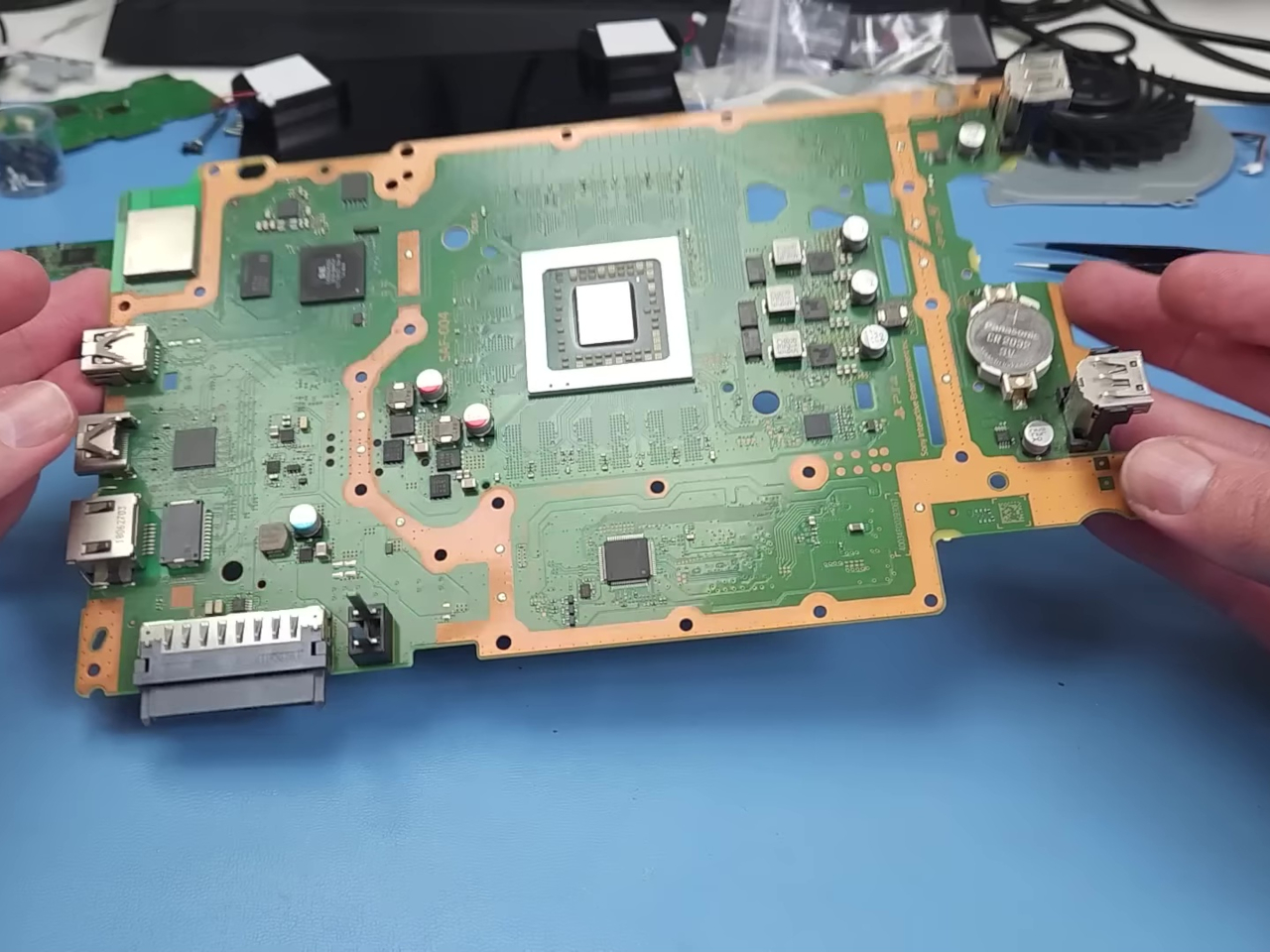
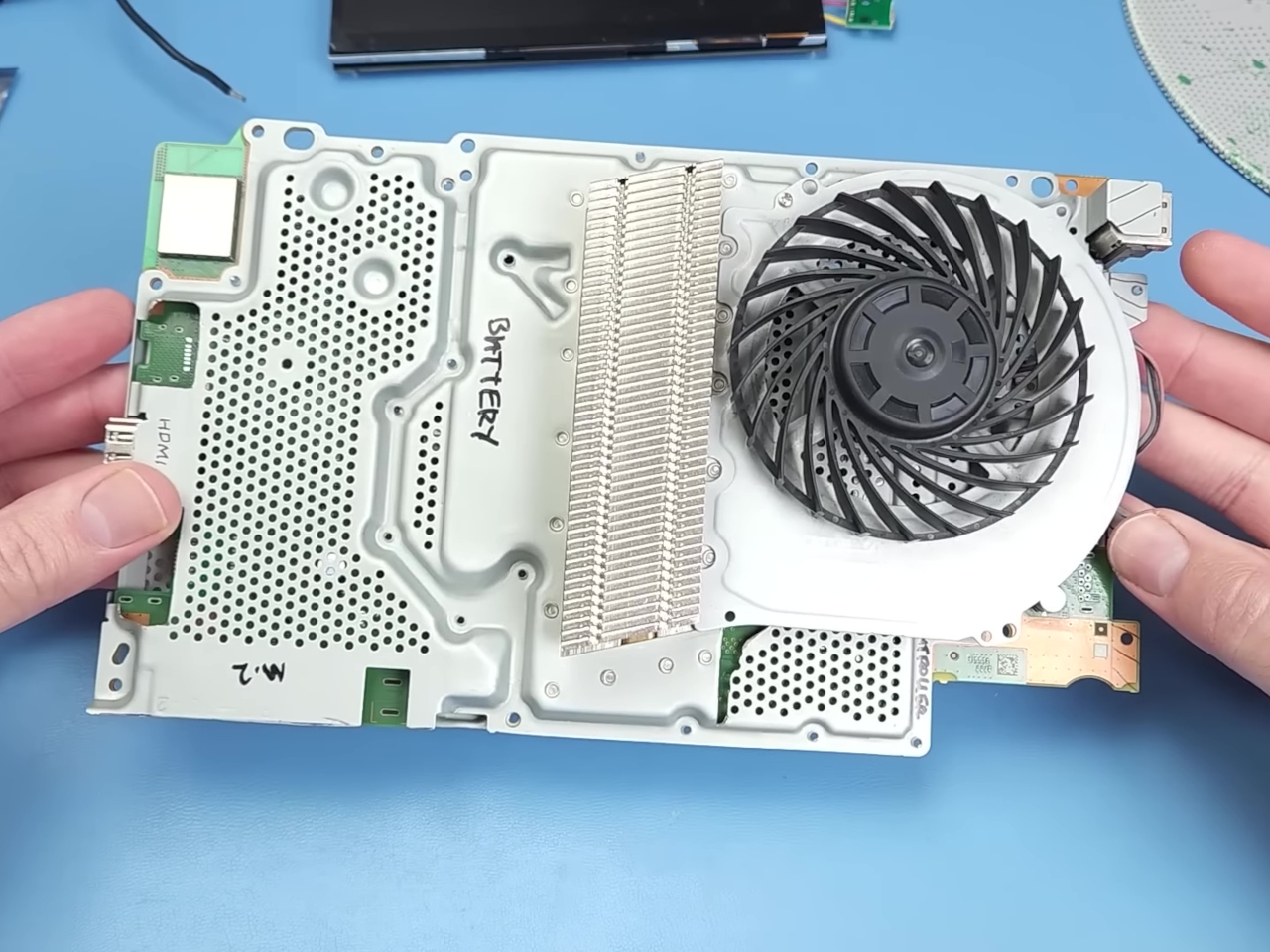
The PS4 Slim is used as the base for this mod as it has the smallest mainboard, fan, and power draw of modern PlayStation models. An original DualShock 4 controller was also used and gutted, but unnecessary parts like the rumble motor and the touchpad were thrown out. The process is definitely not for the faint of heart, but more seasoned modders probably won’t break a sweat.
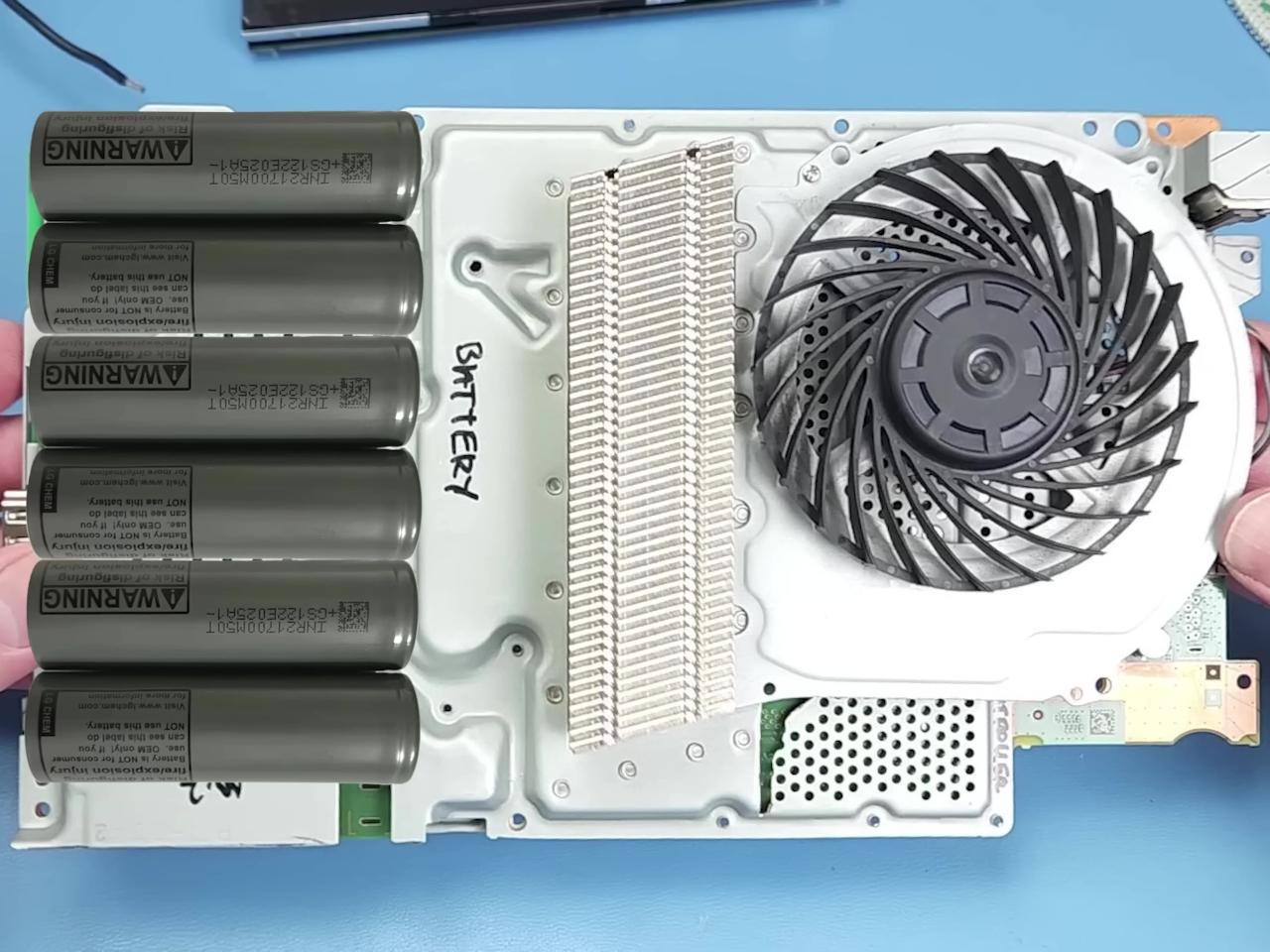
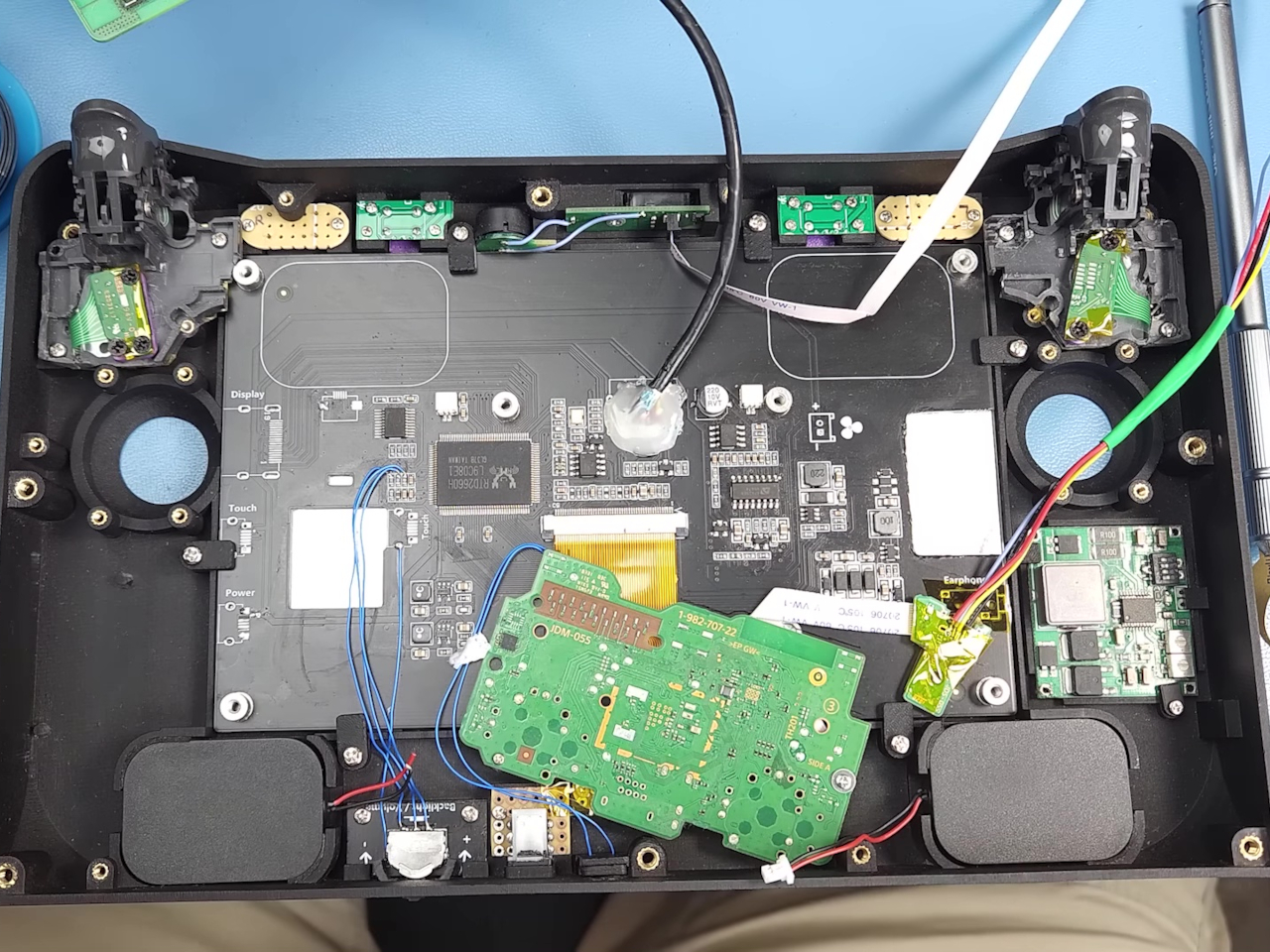
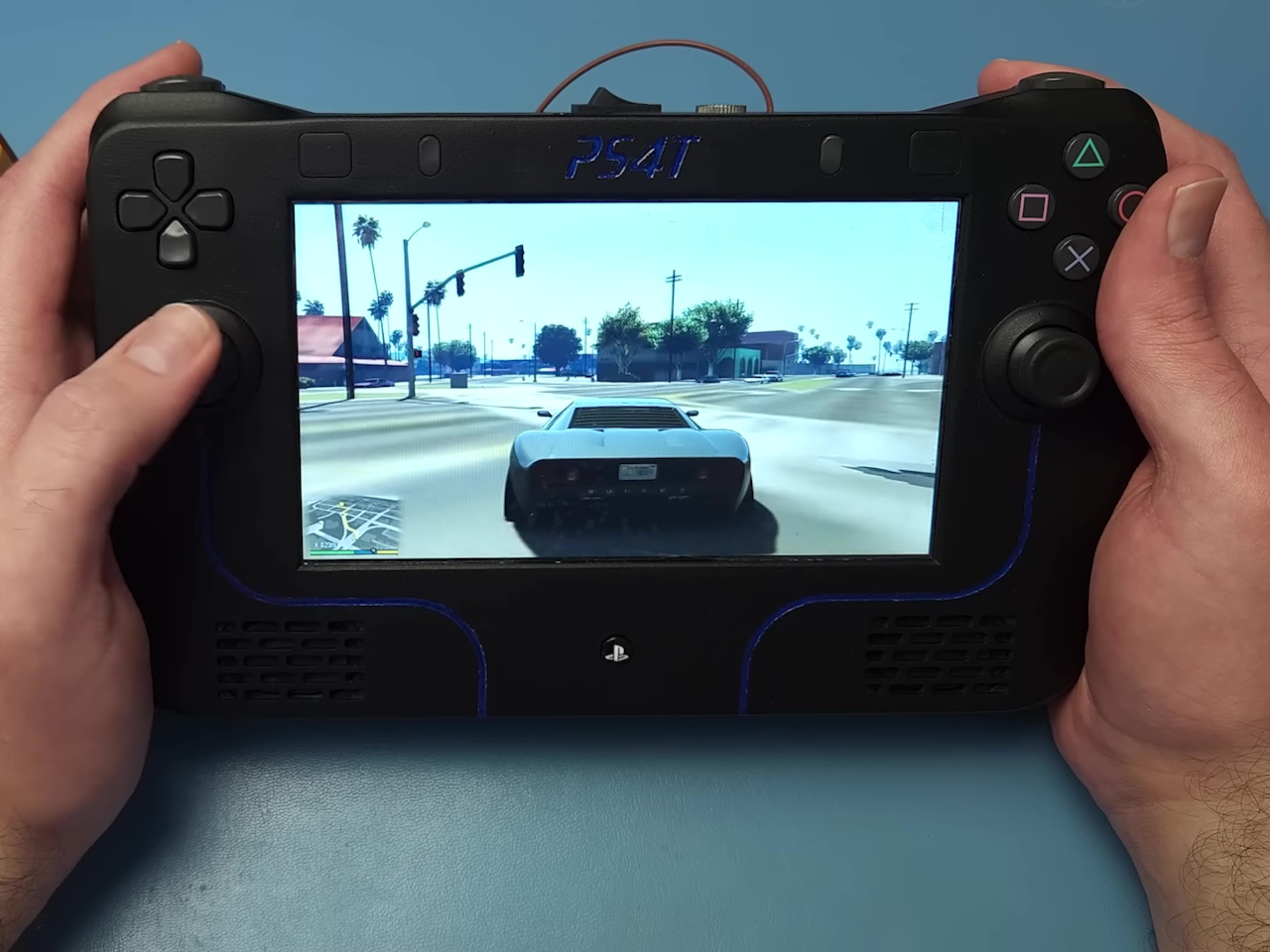
What’s interesting about the entire process is how it reveals the considerations that have to be made when designing a portable gaming device. Not only do you have to think about battery capacity and heat management, you also have to consider the optimal placements of components inside. It’s definitely not as simple as throwing everything together to have a pretty layout, but the final design, despite its boxy shape, is satisfying and, more importantly, actually functional.
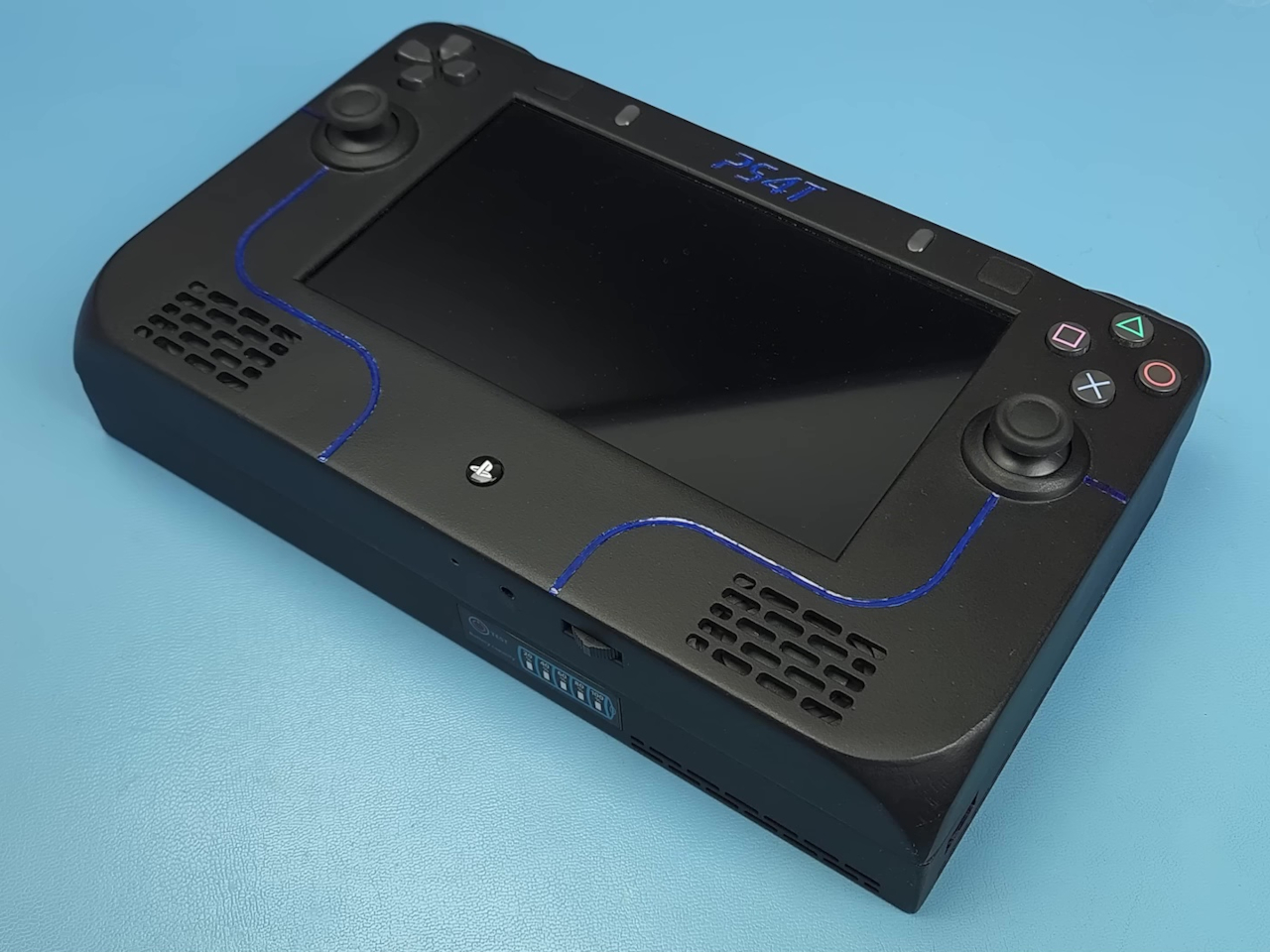
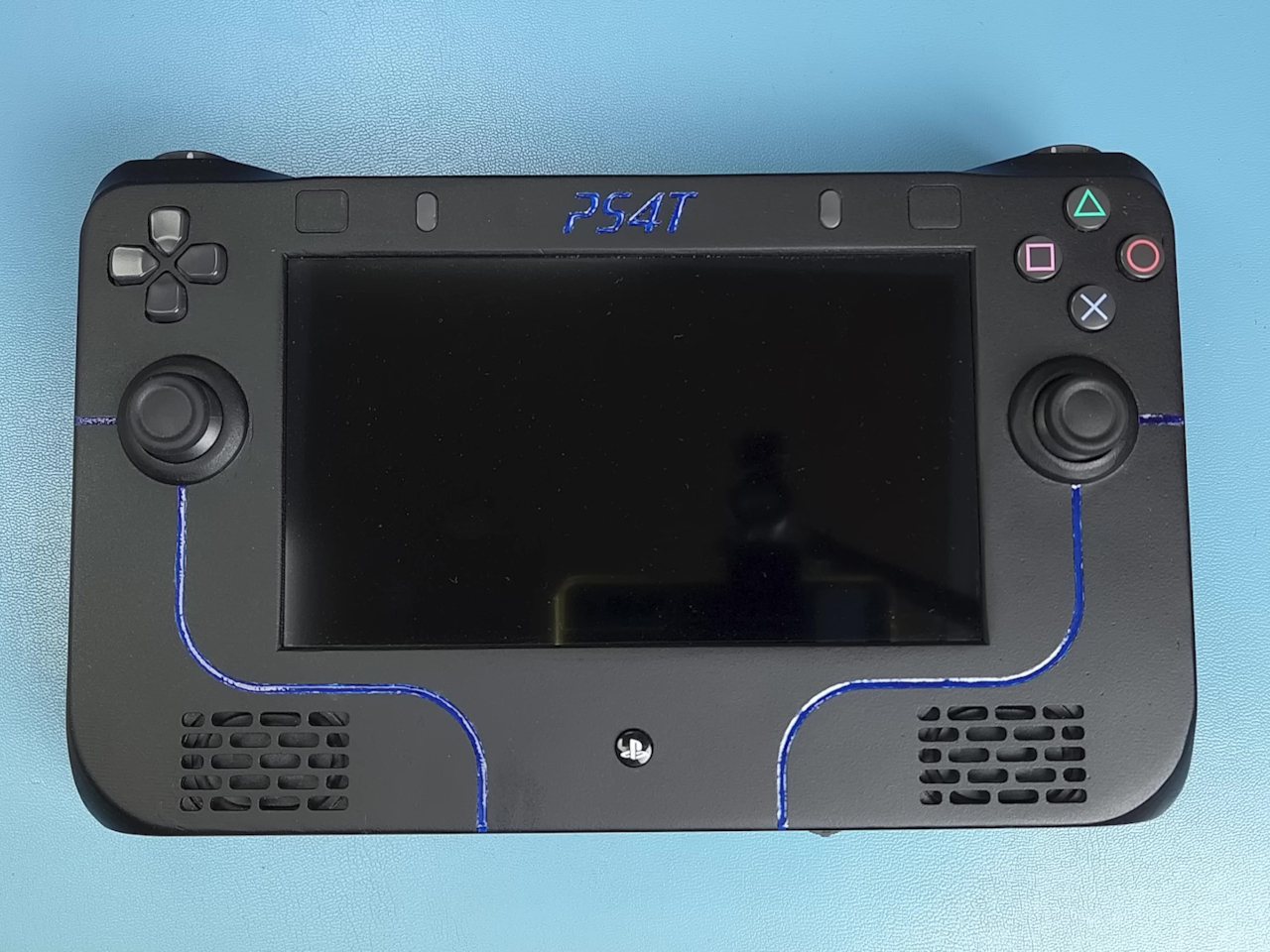
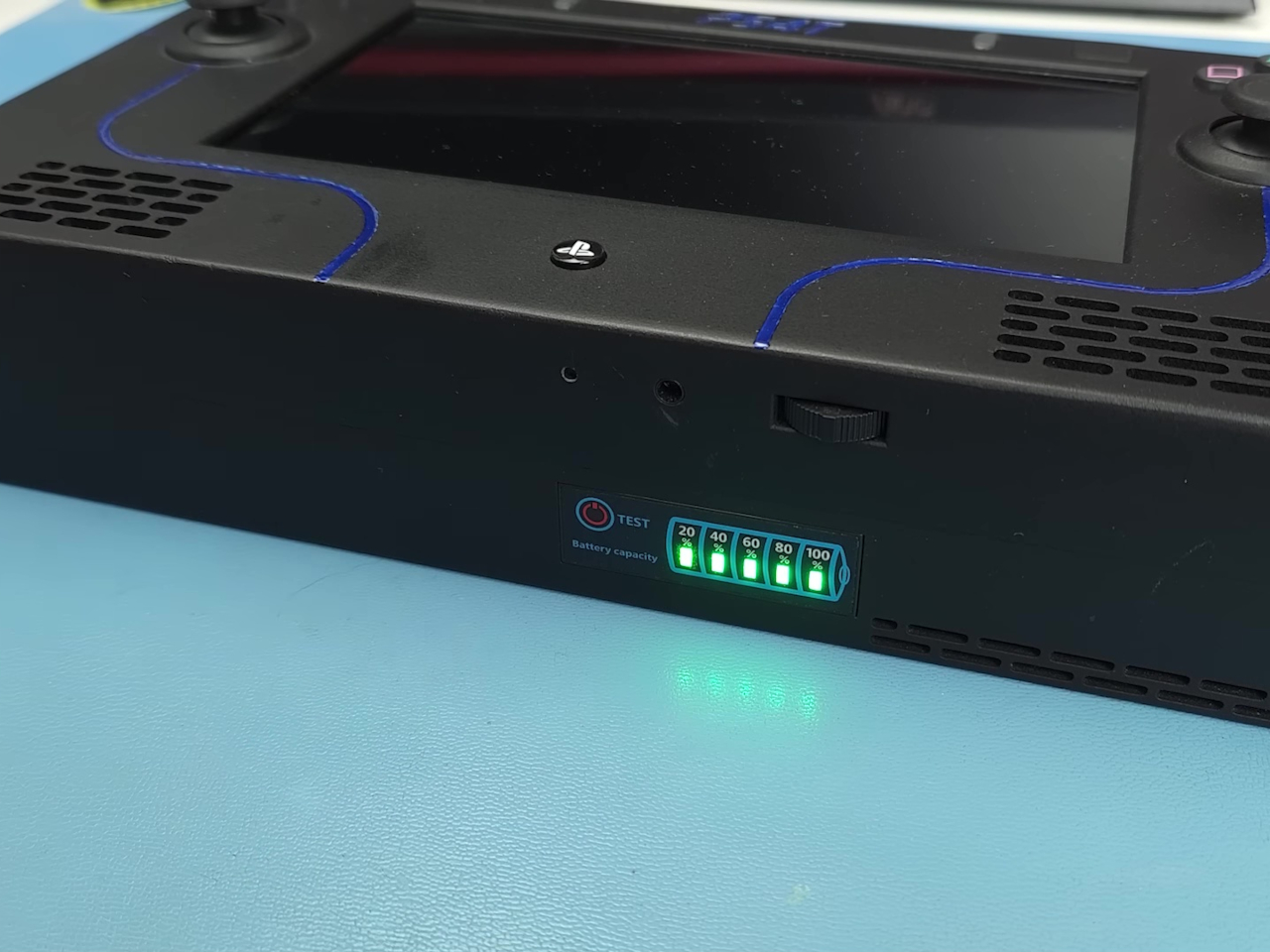
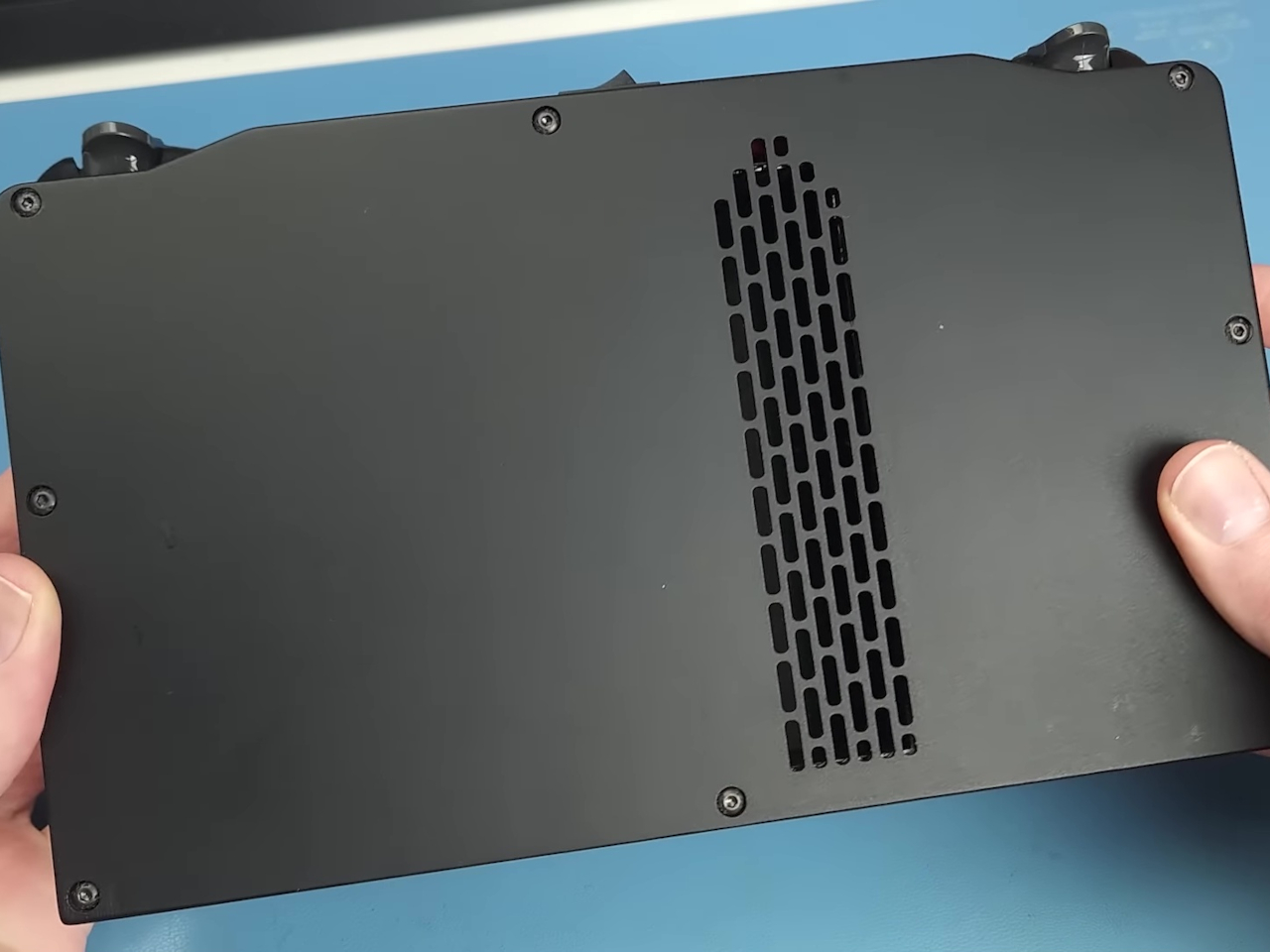
Of course, Sony would have better engineers and designers to work on such a product, so it’s really a matter of business why it hasn’t yet made a new portable PlayStation. For now, console gamers will have to settle for fan-made handheld designs, presuming they’re not wading into the murky gray area of intellectual property rights.
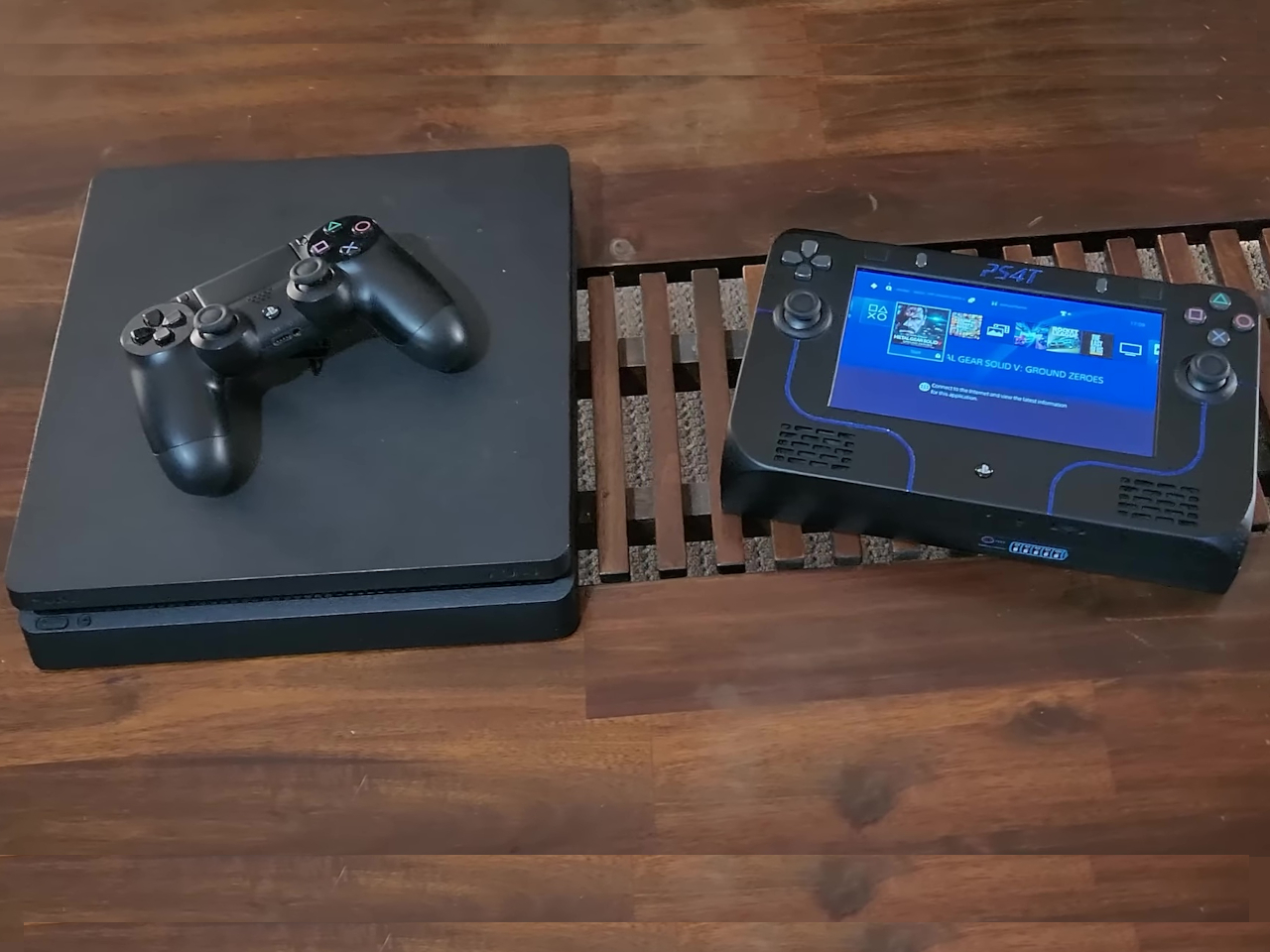
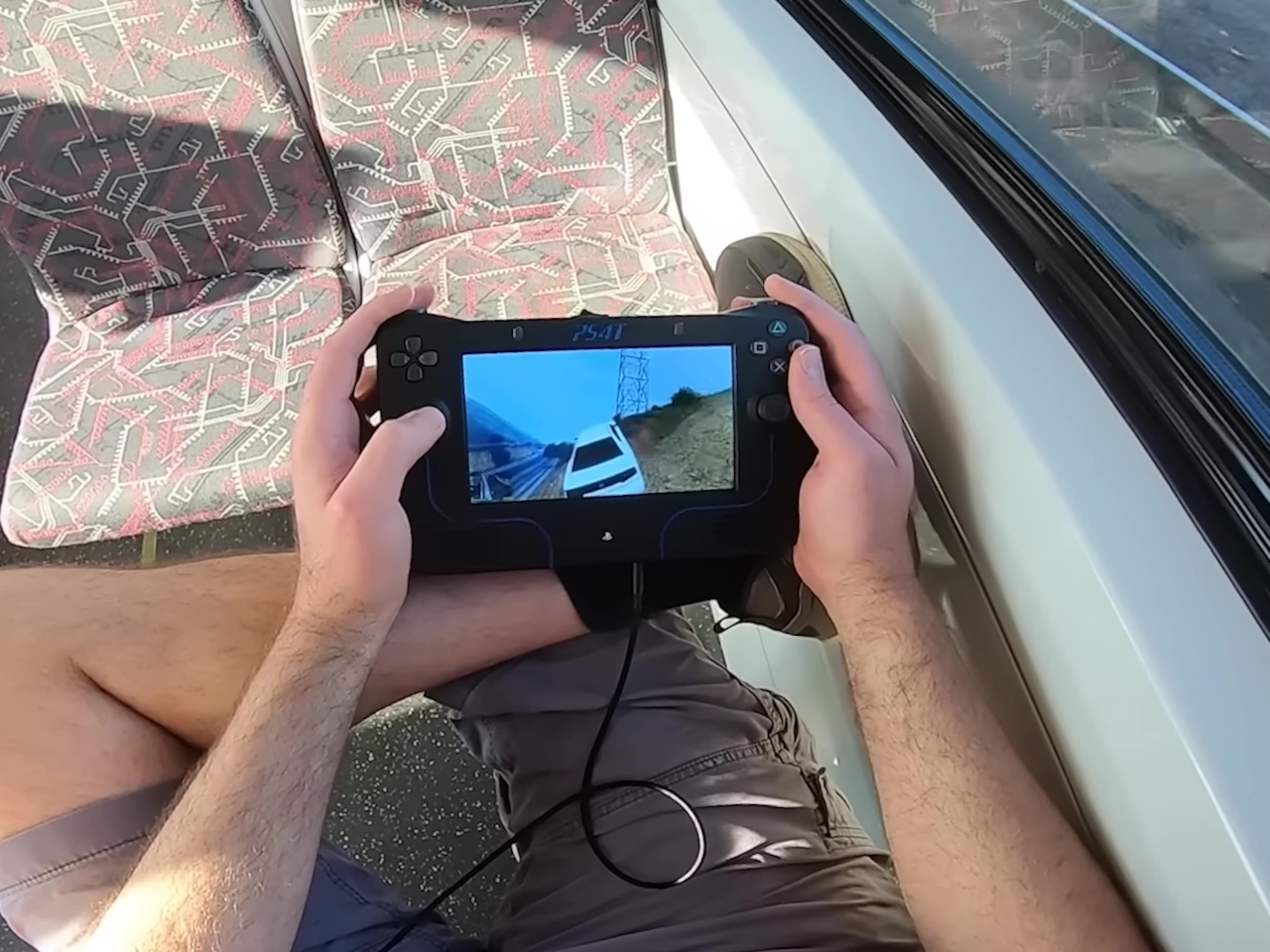
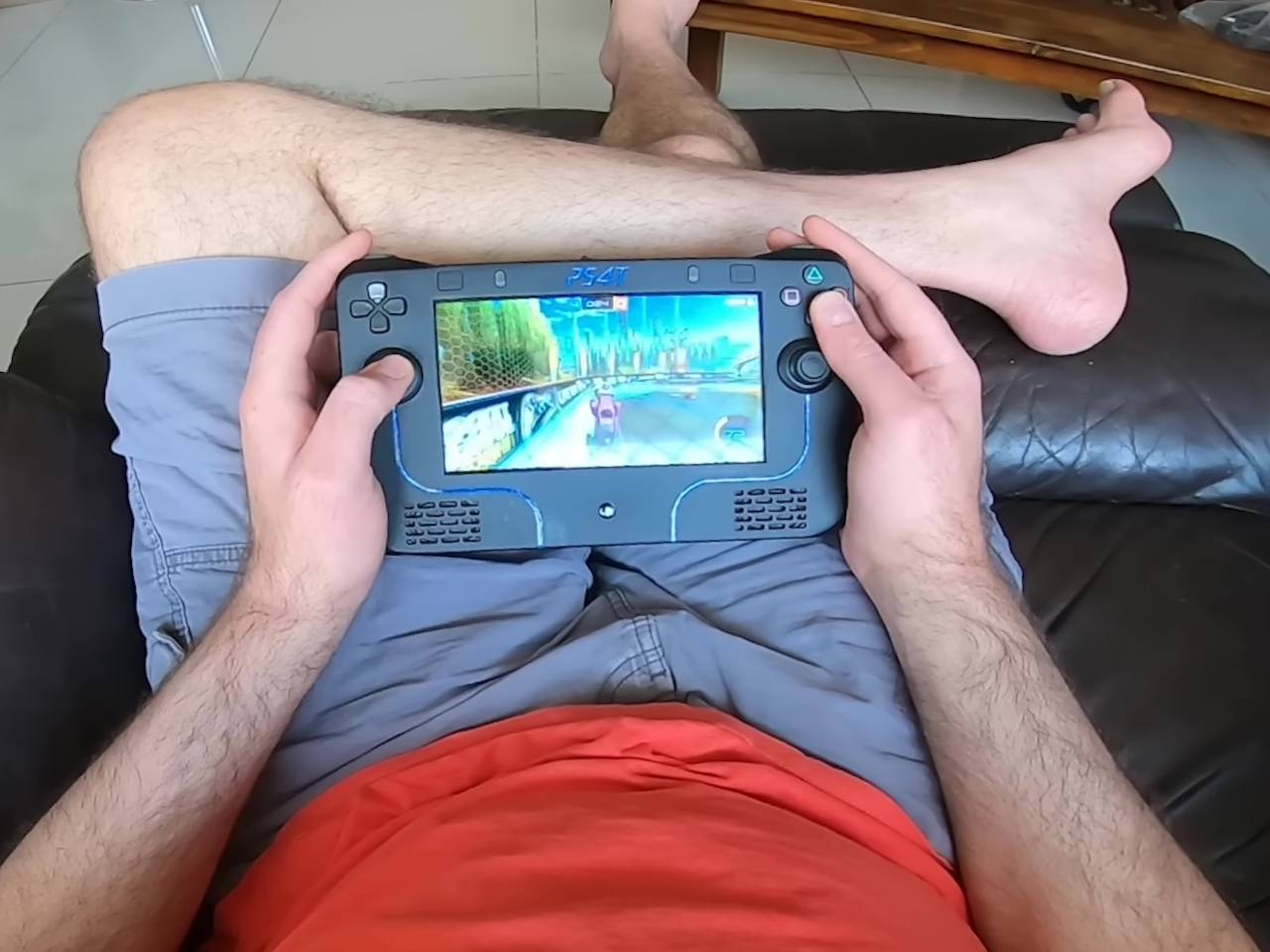
The post PlayStation 4 mod puts a portable console in your hands first appeared on Yanko Design.

